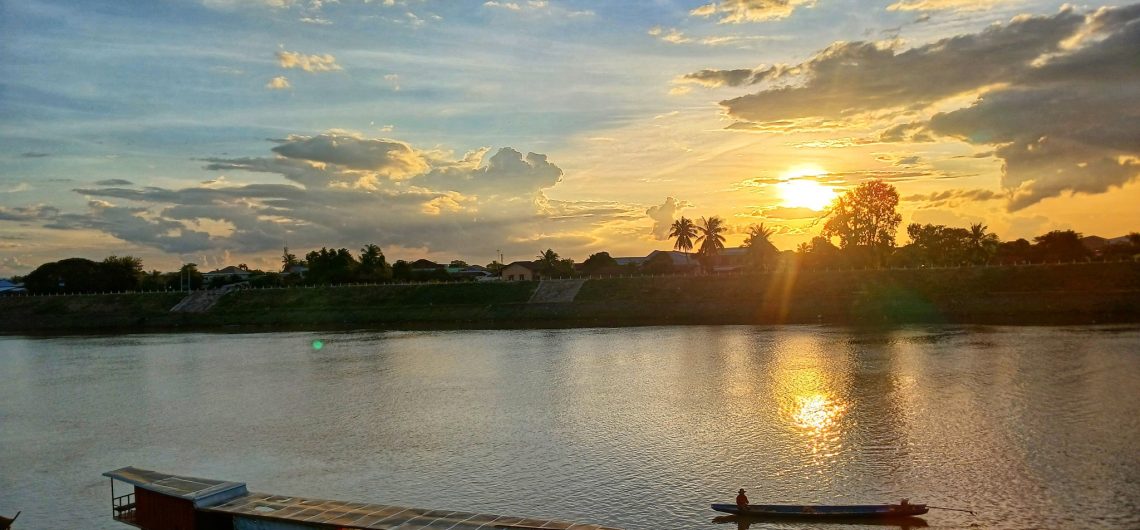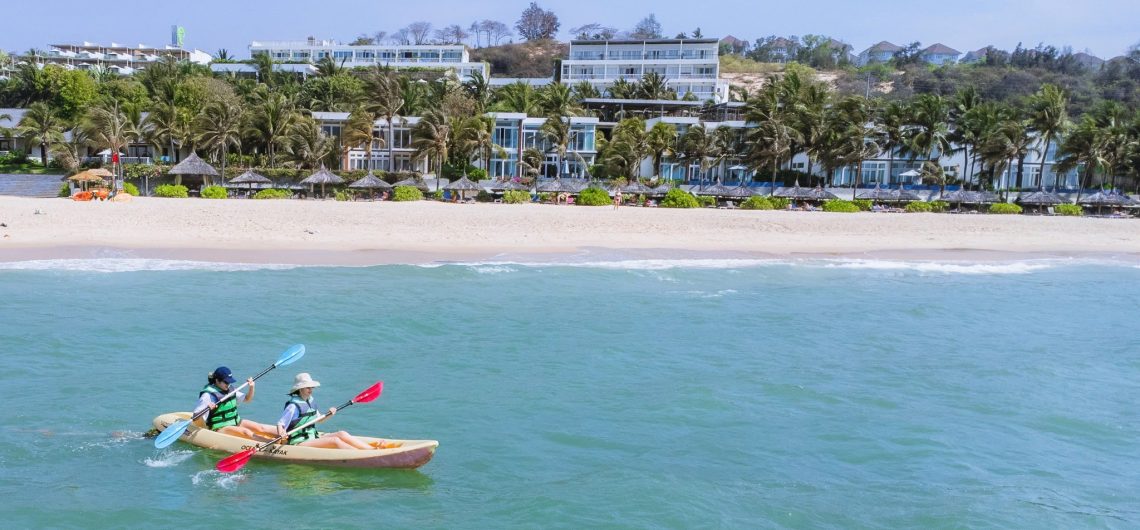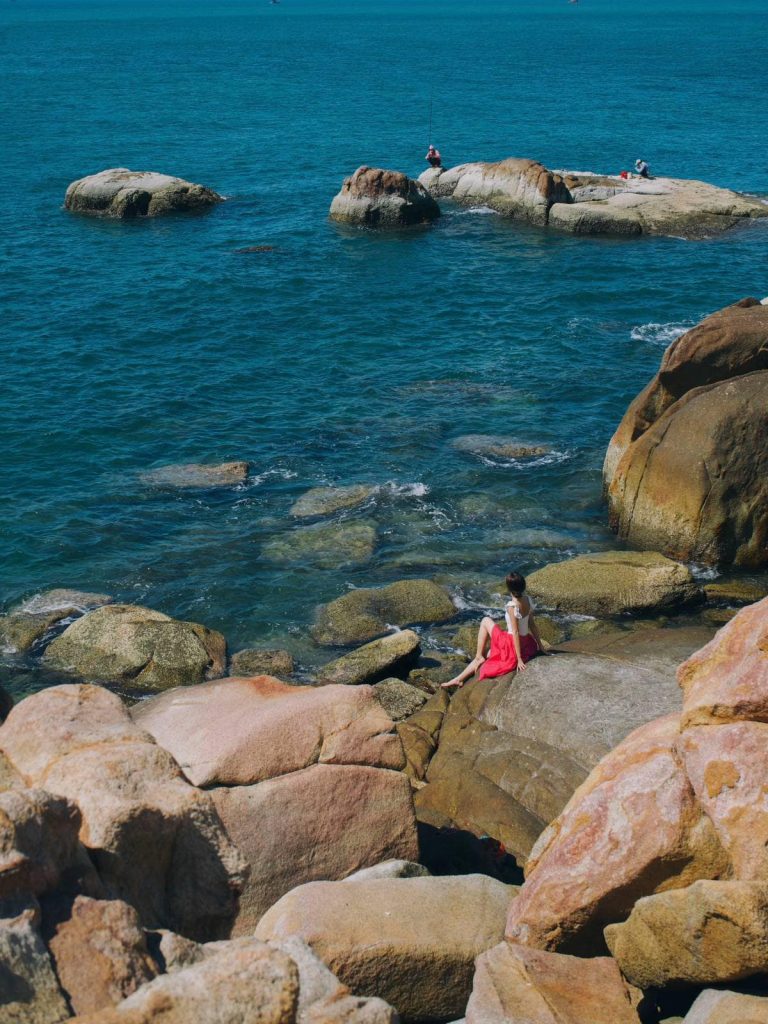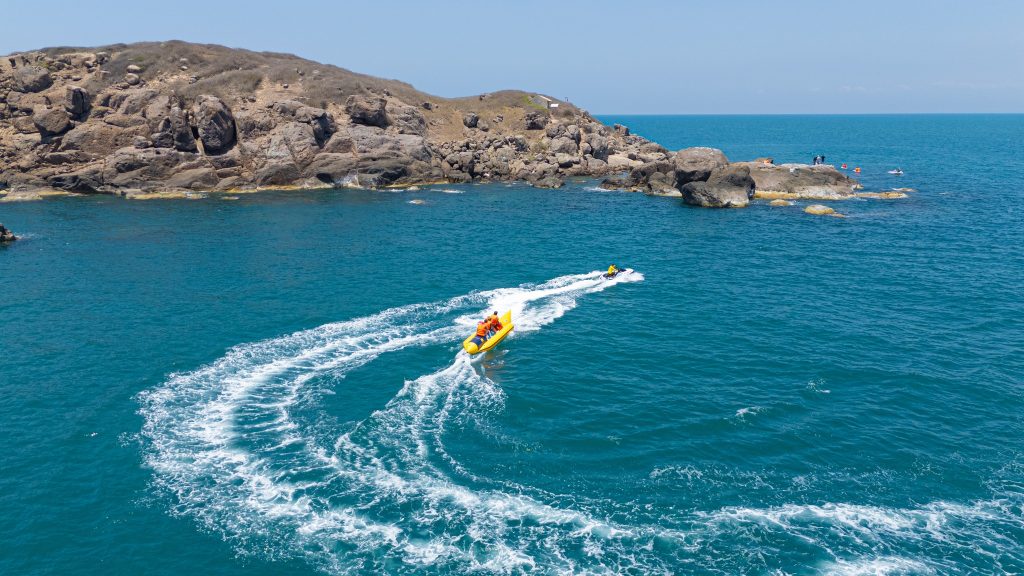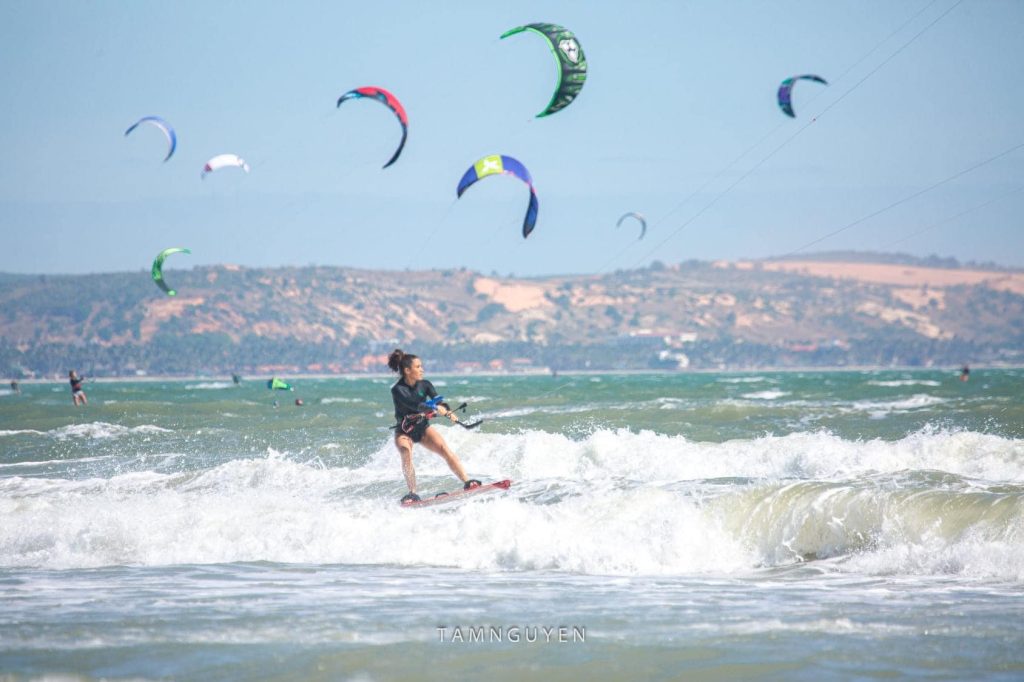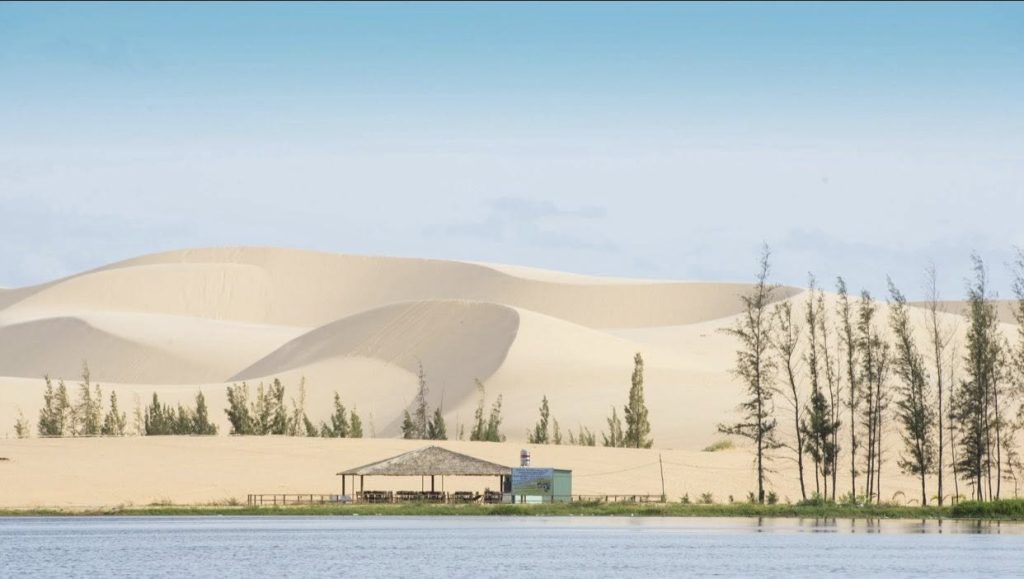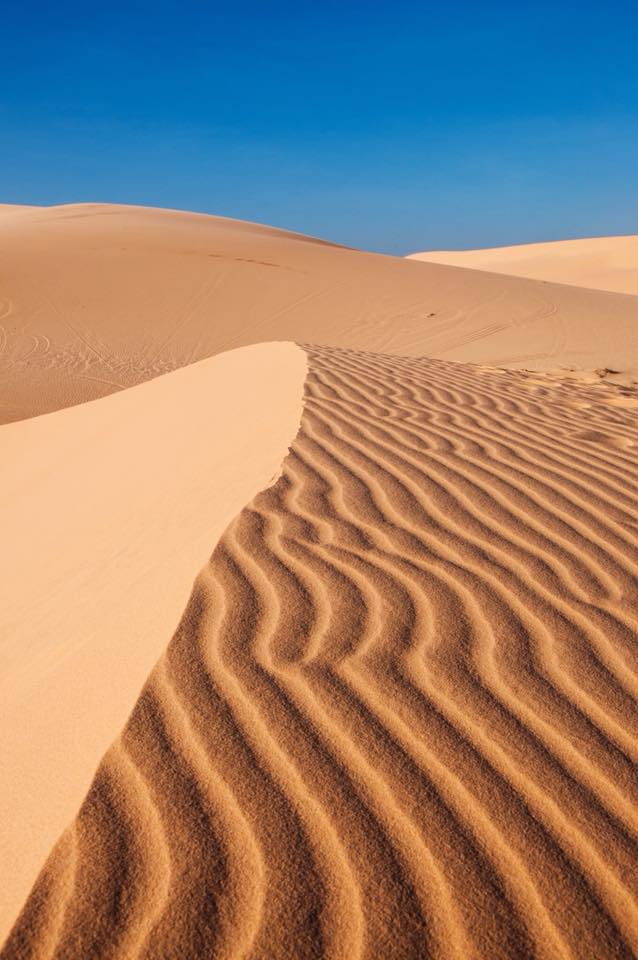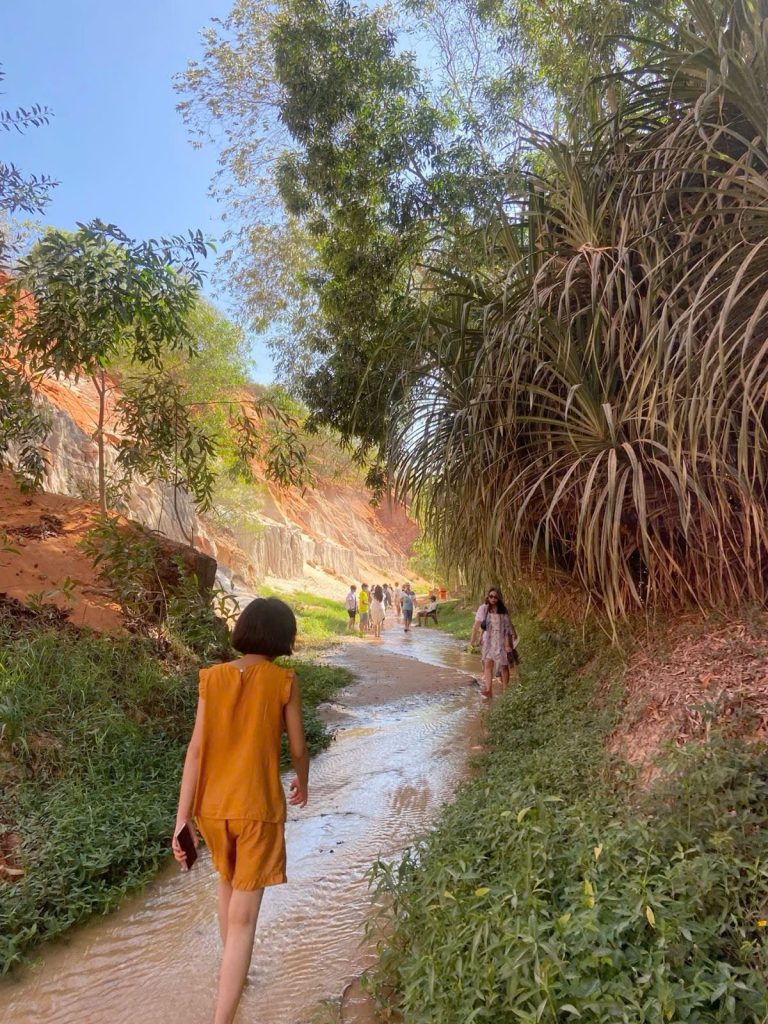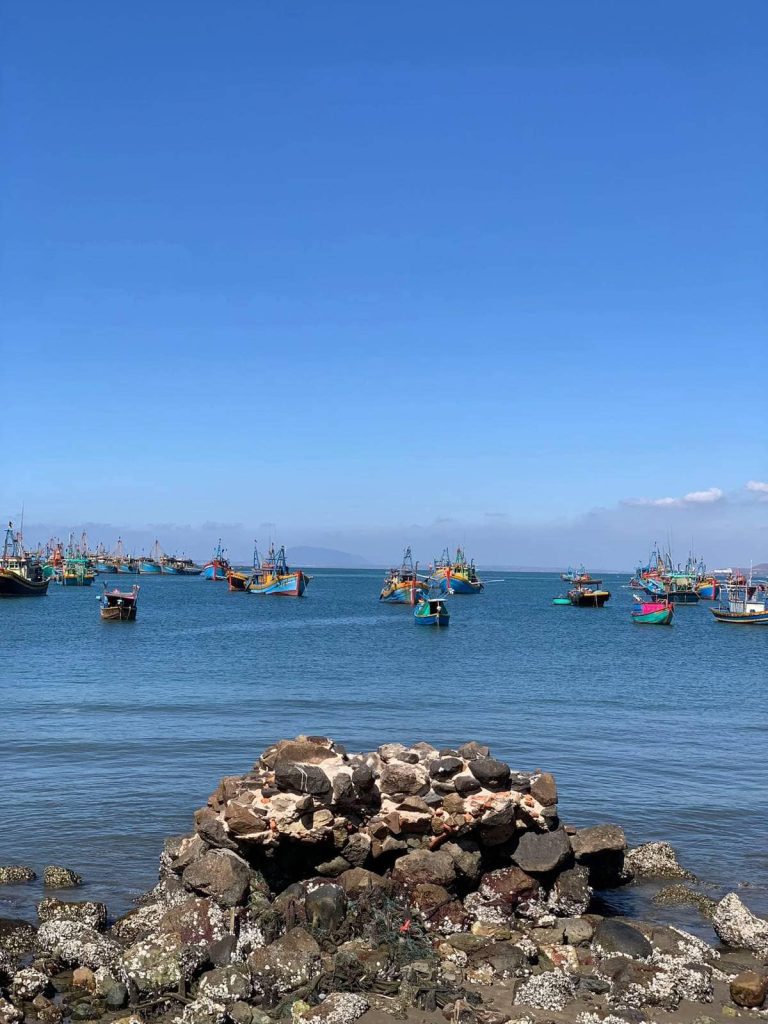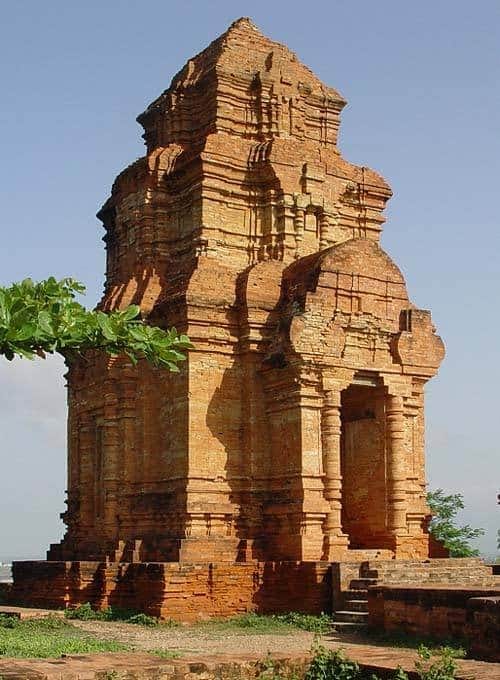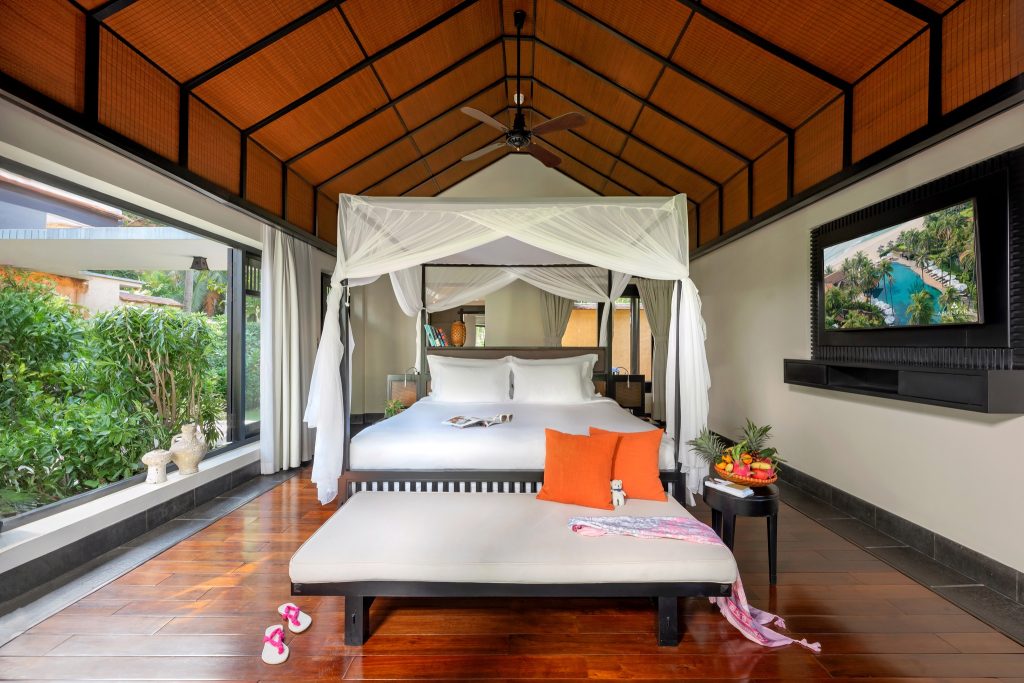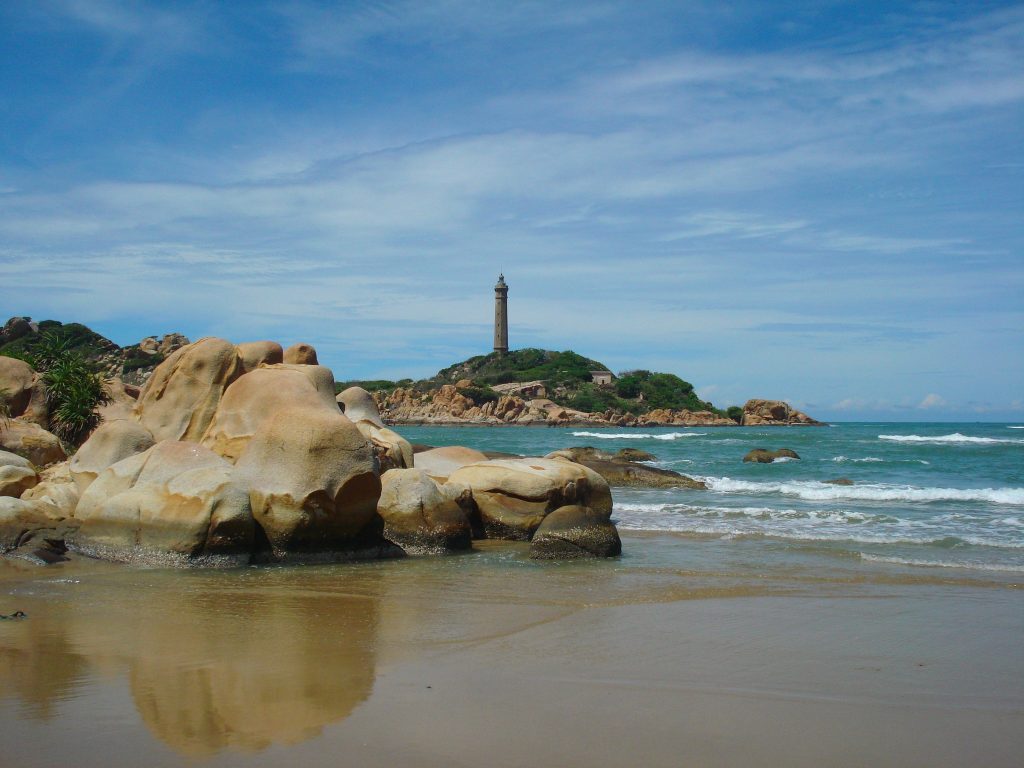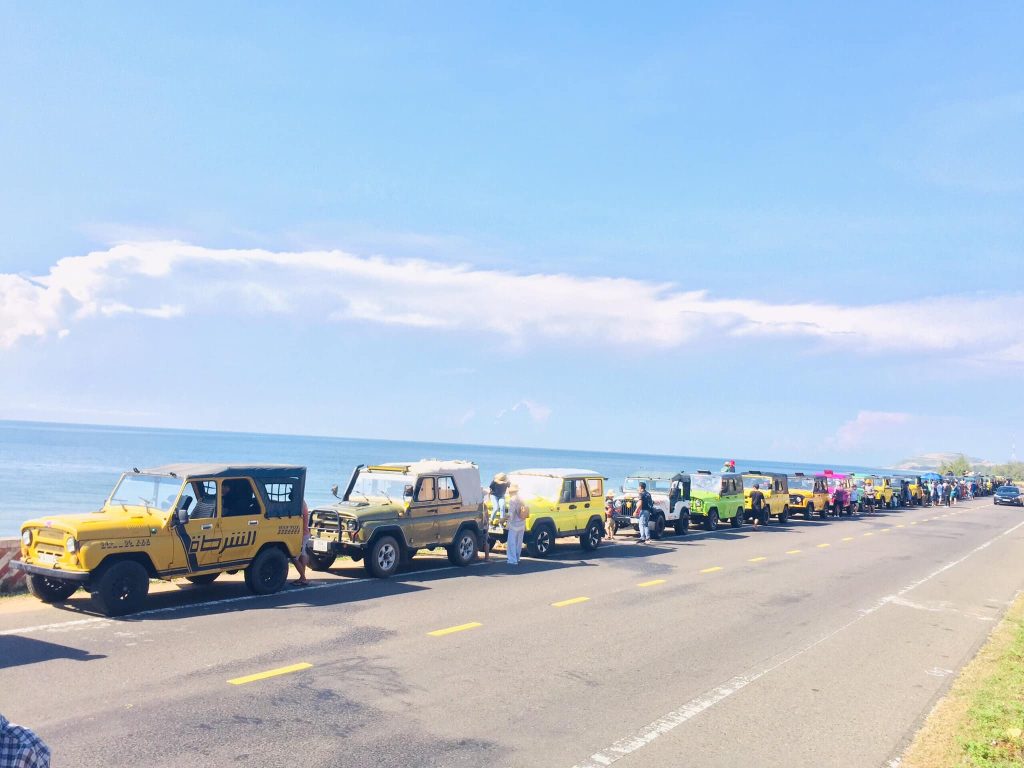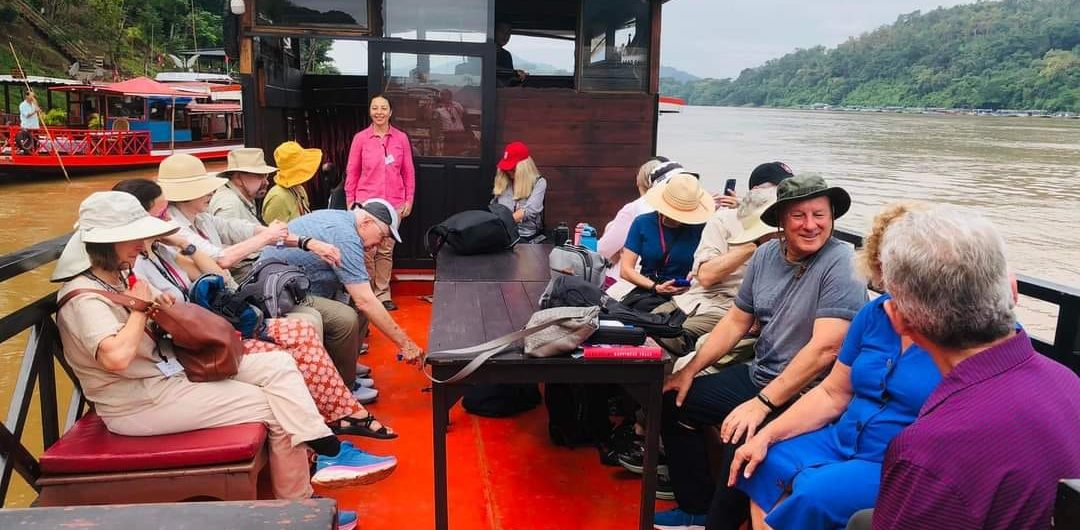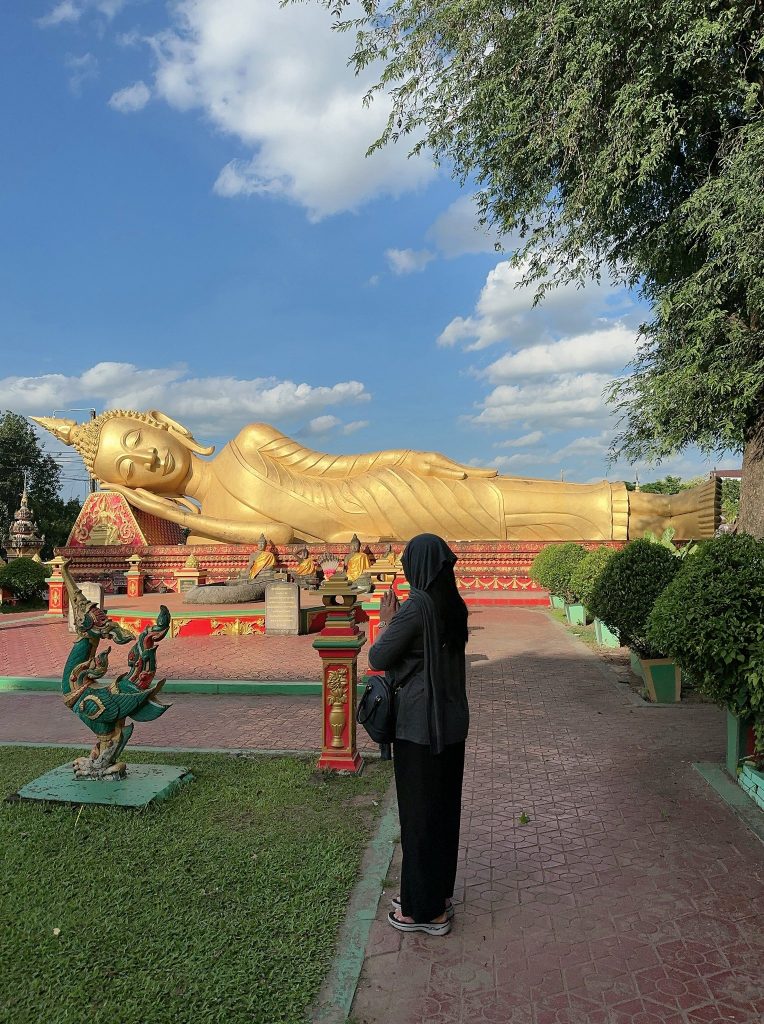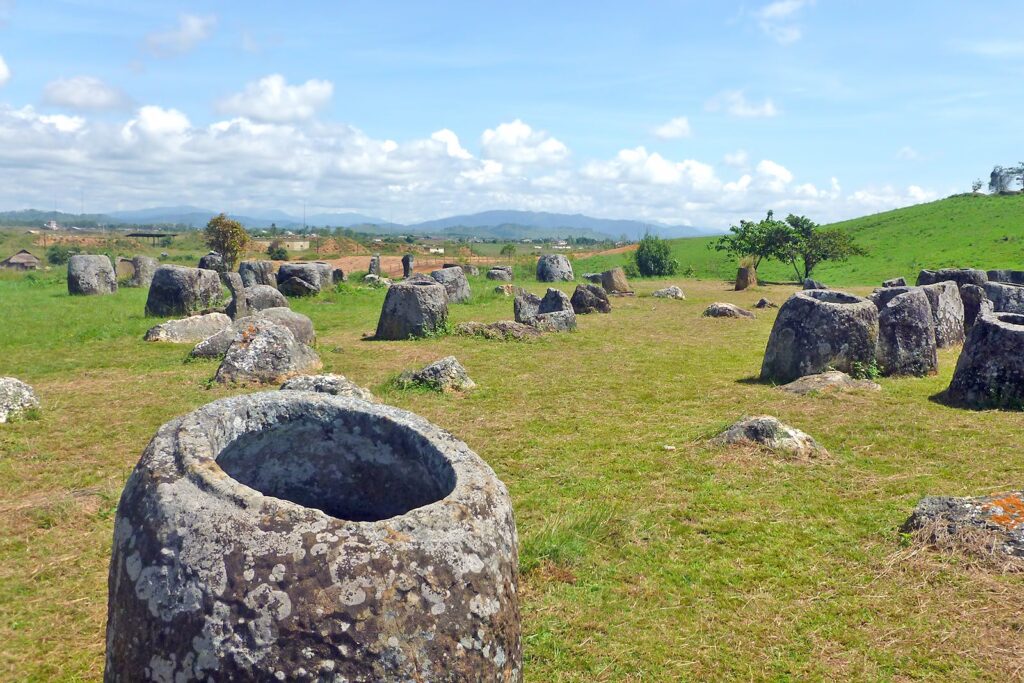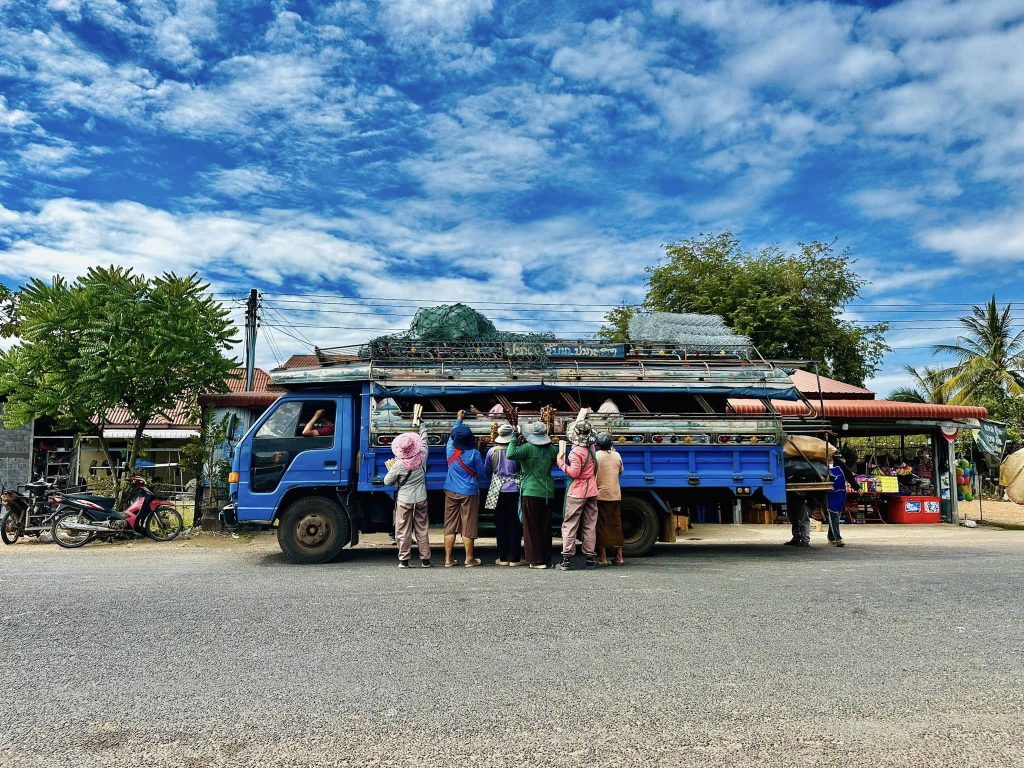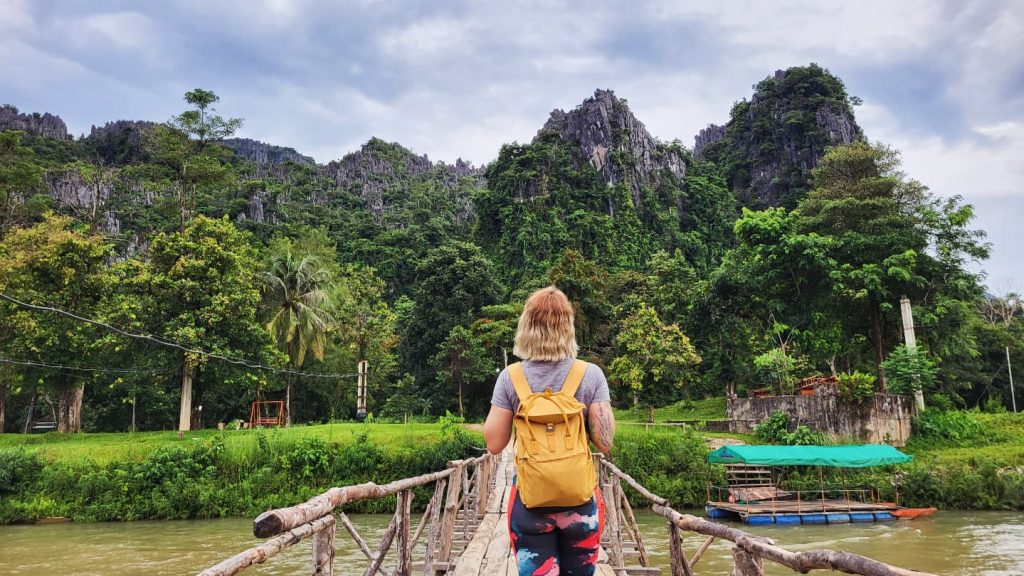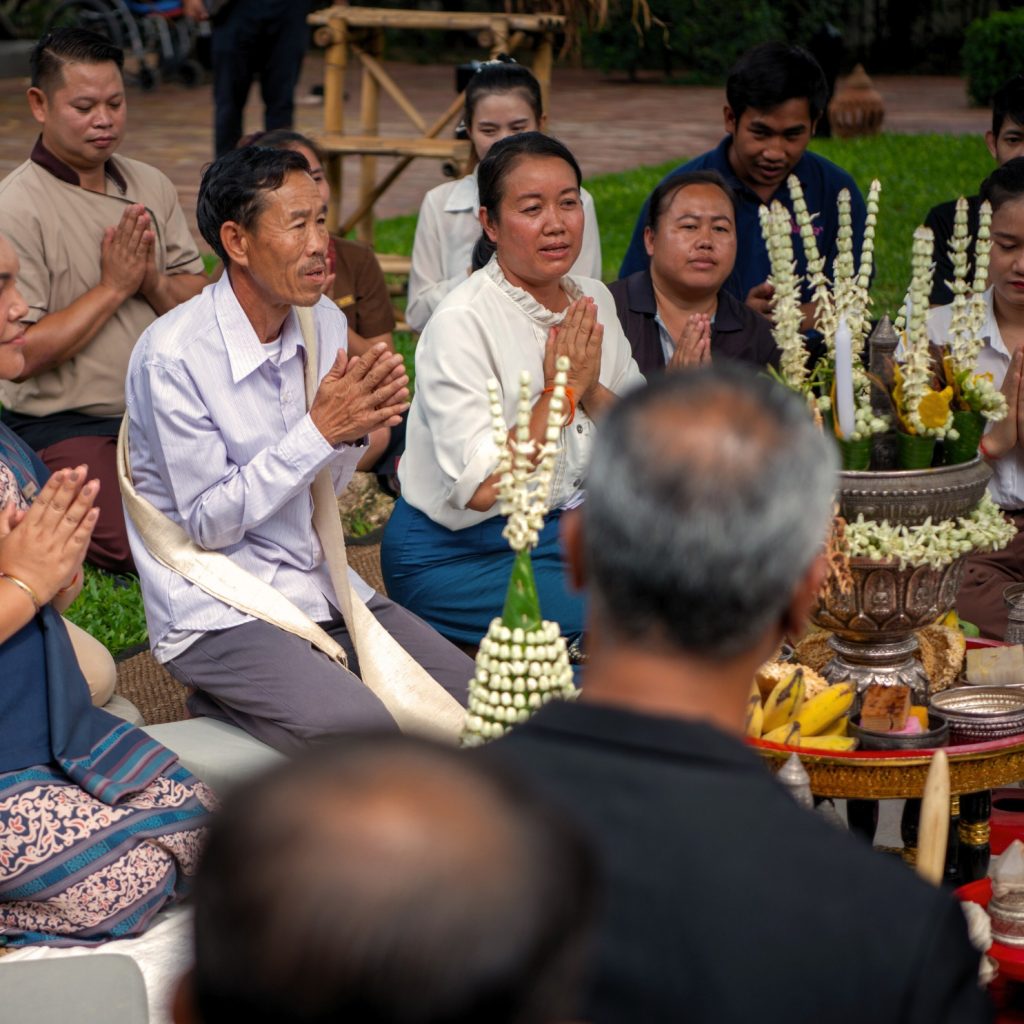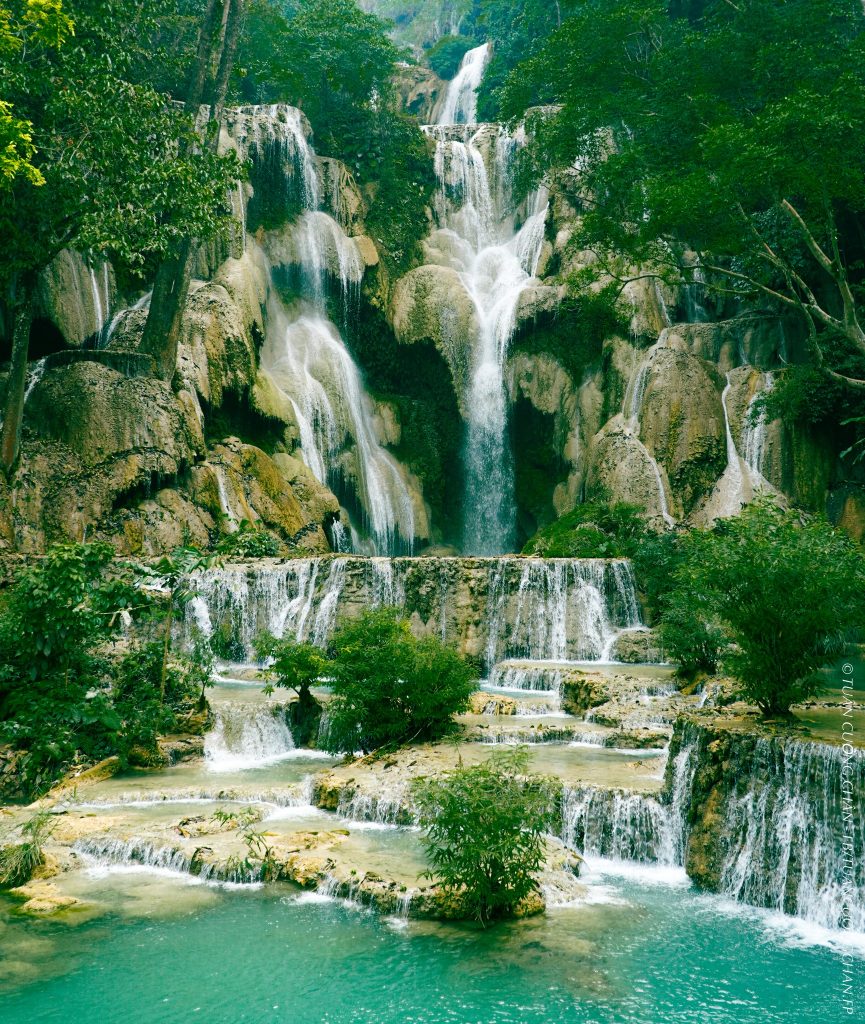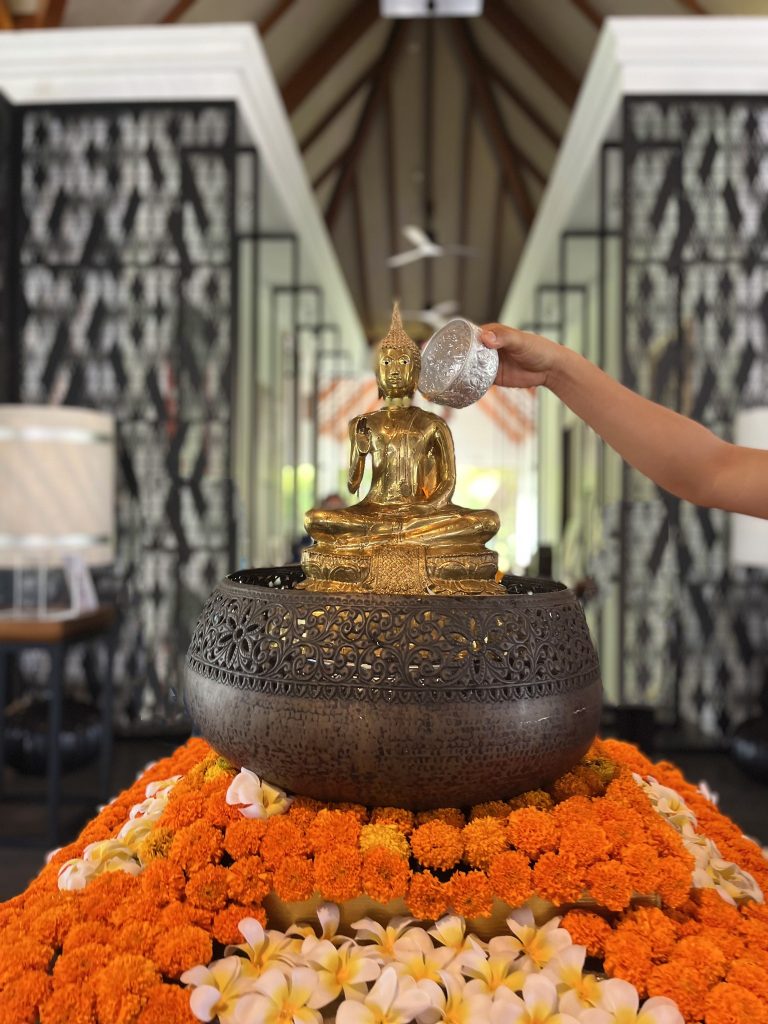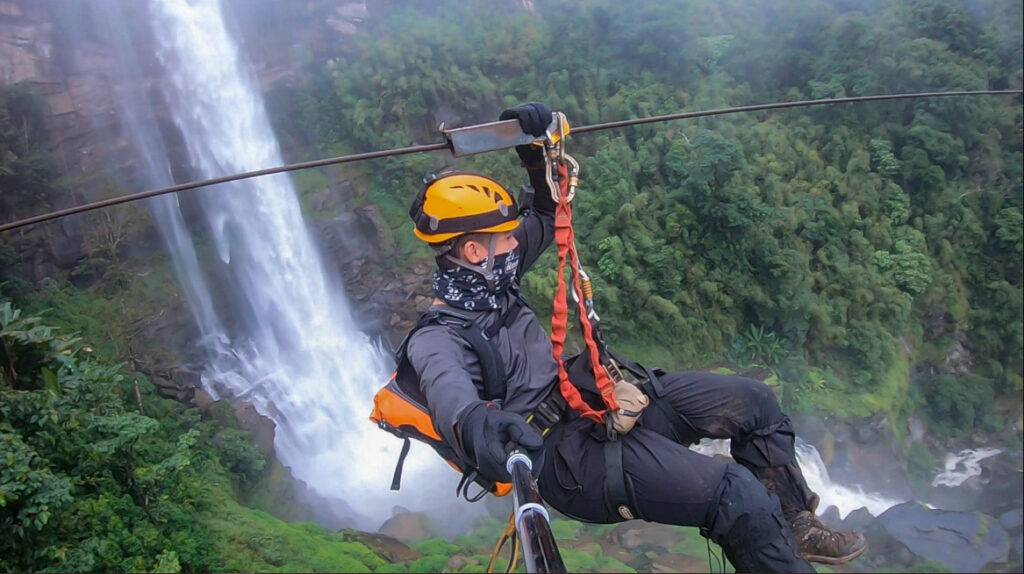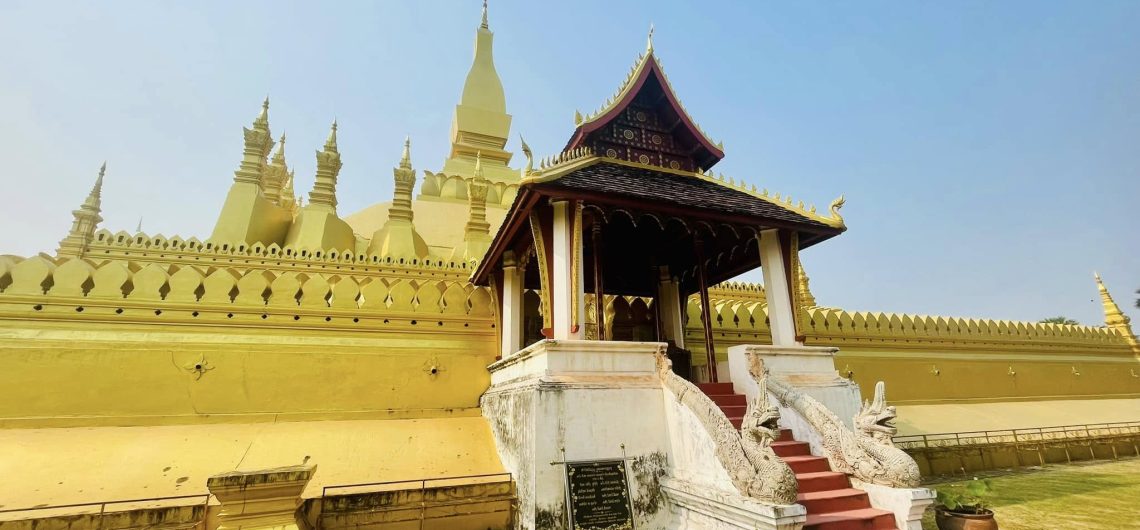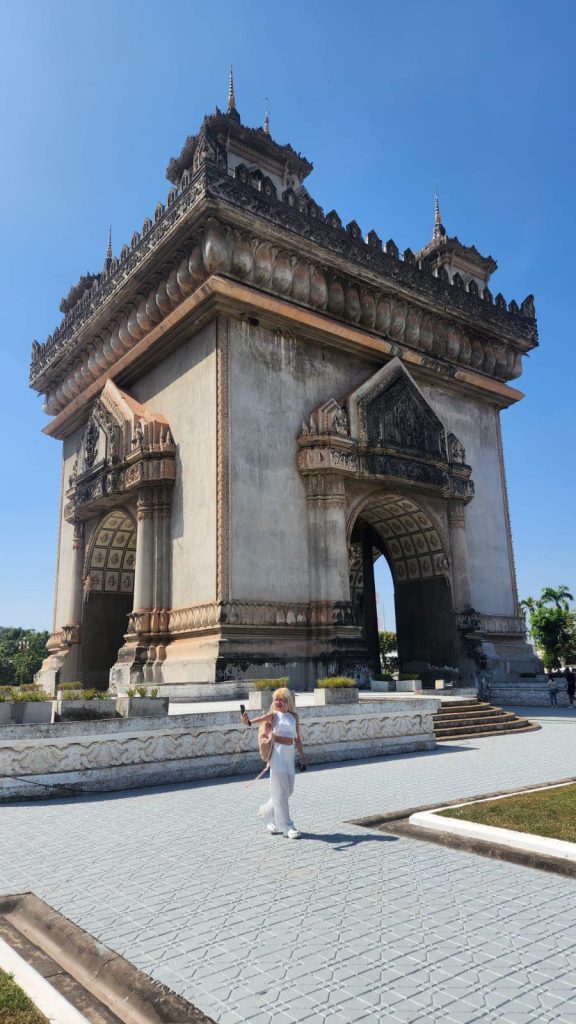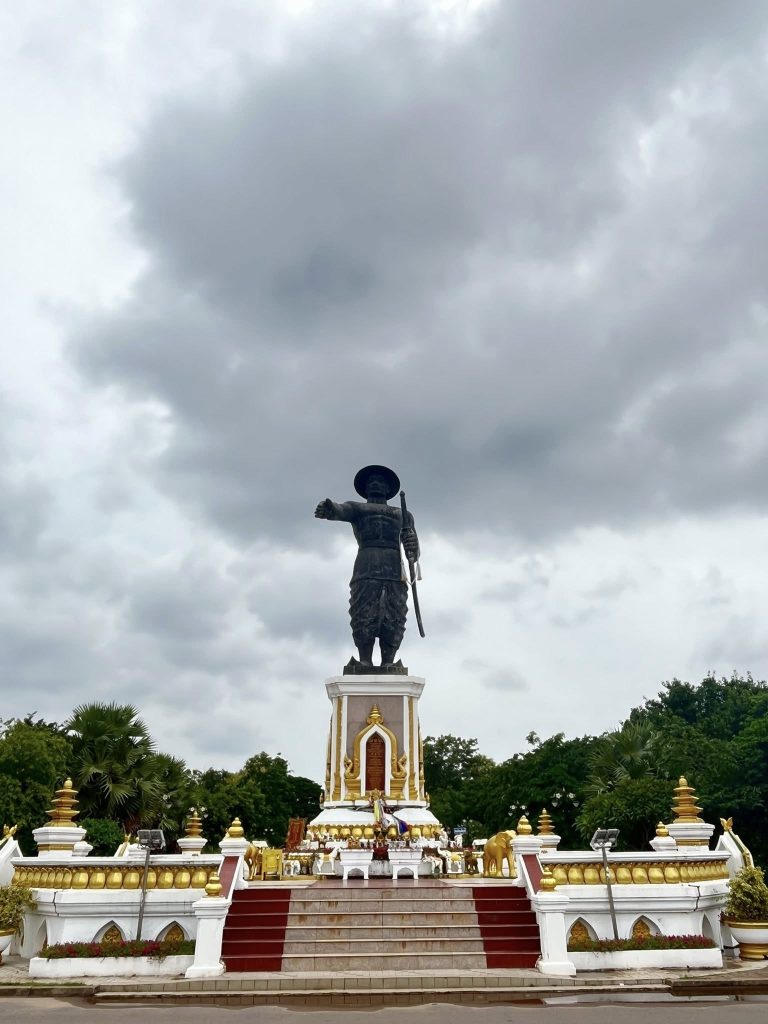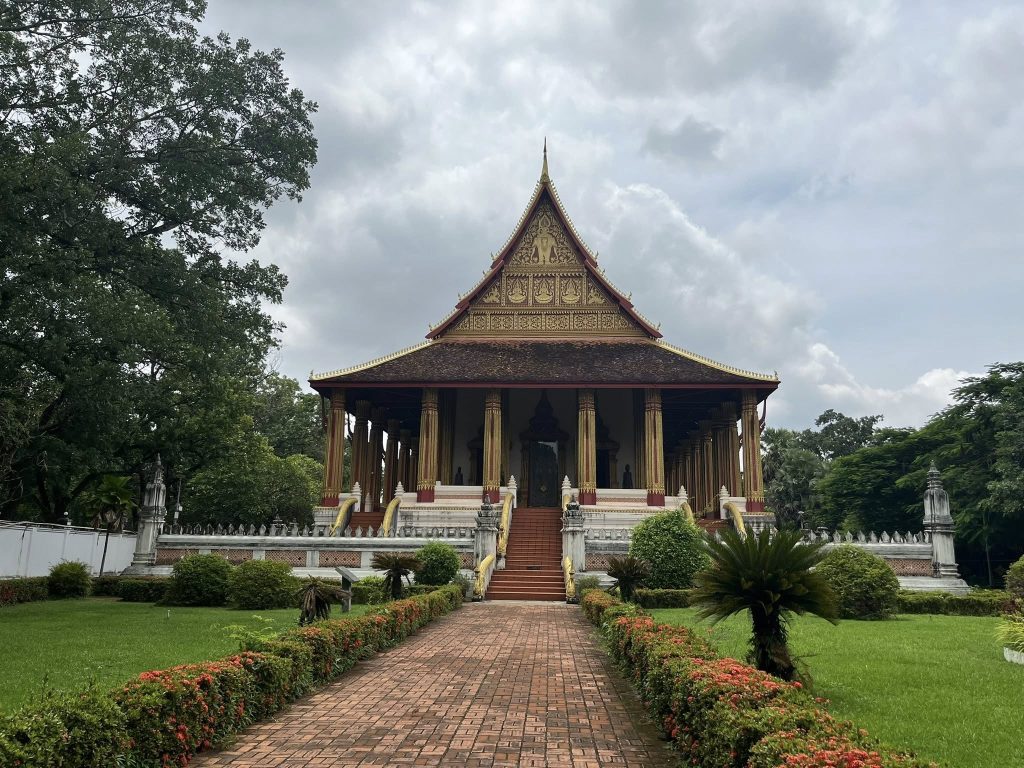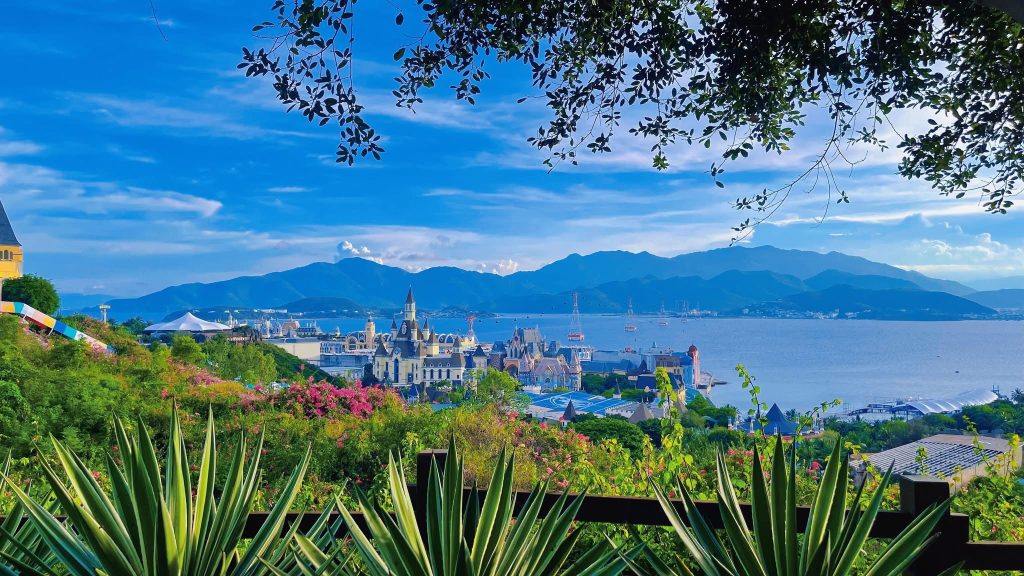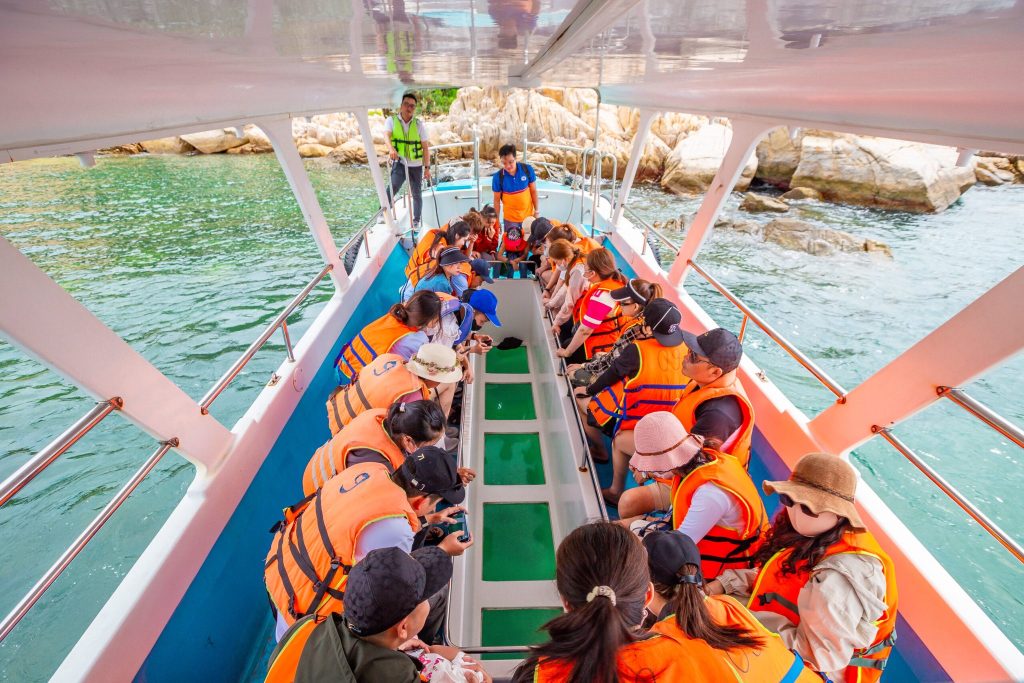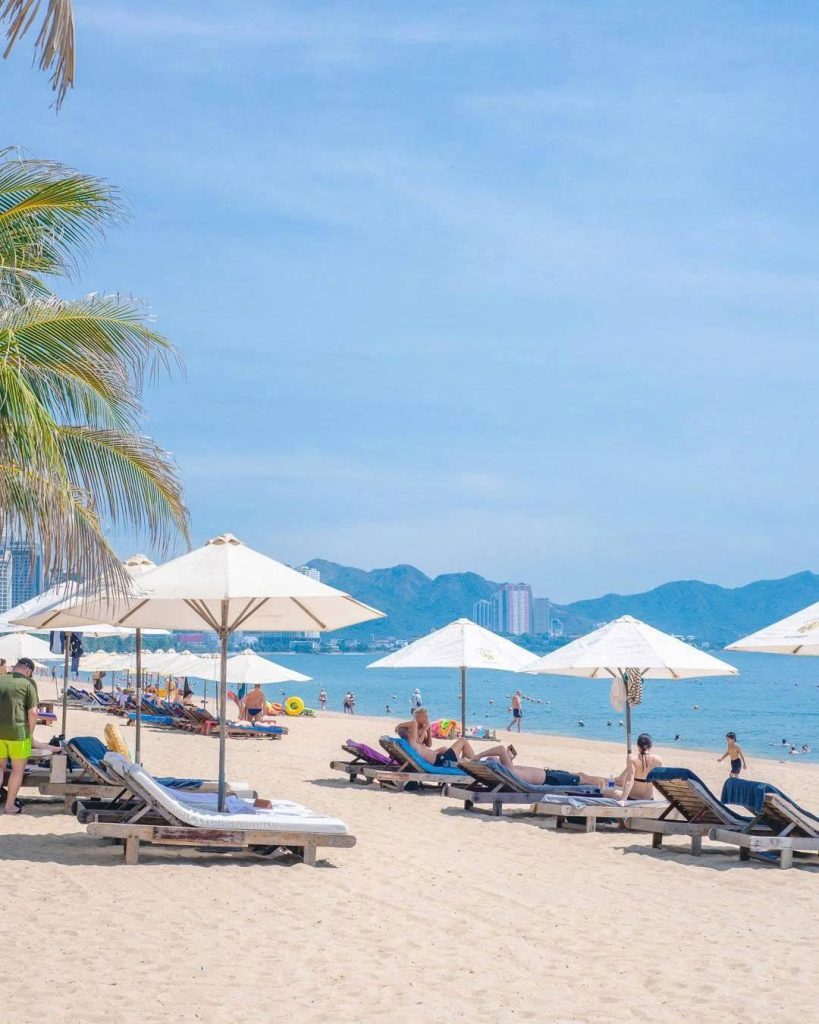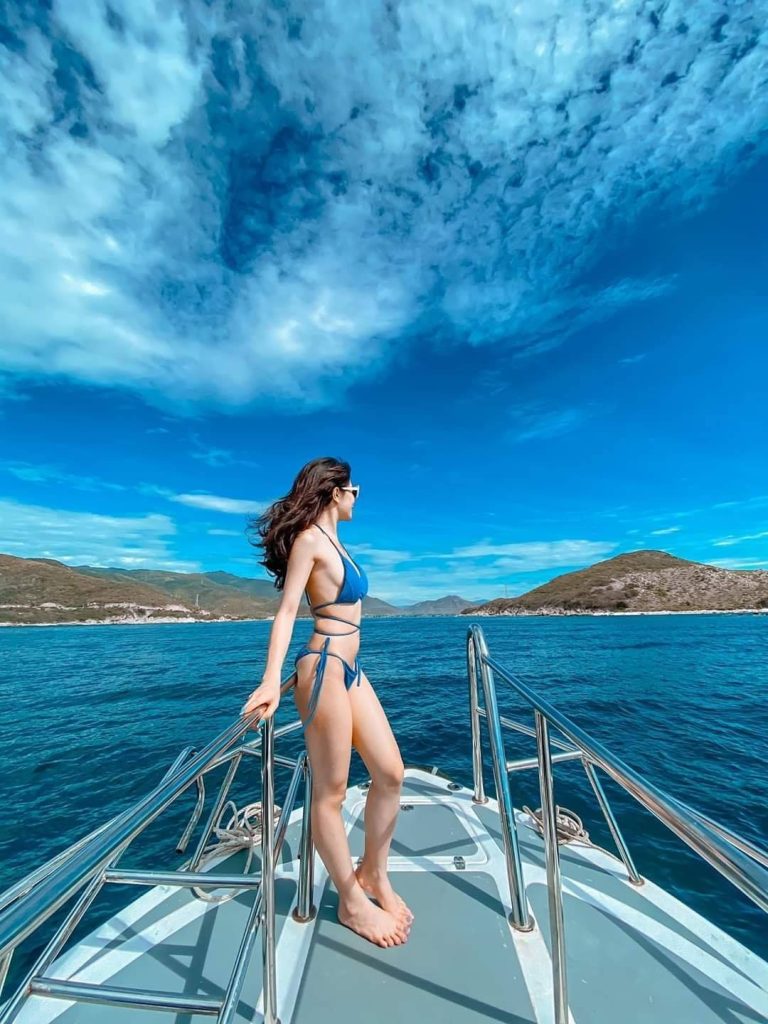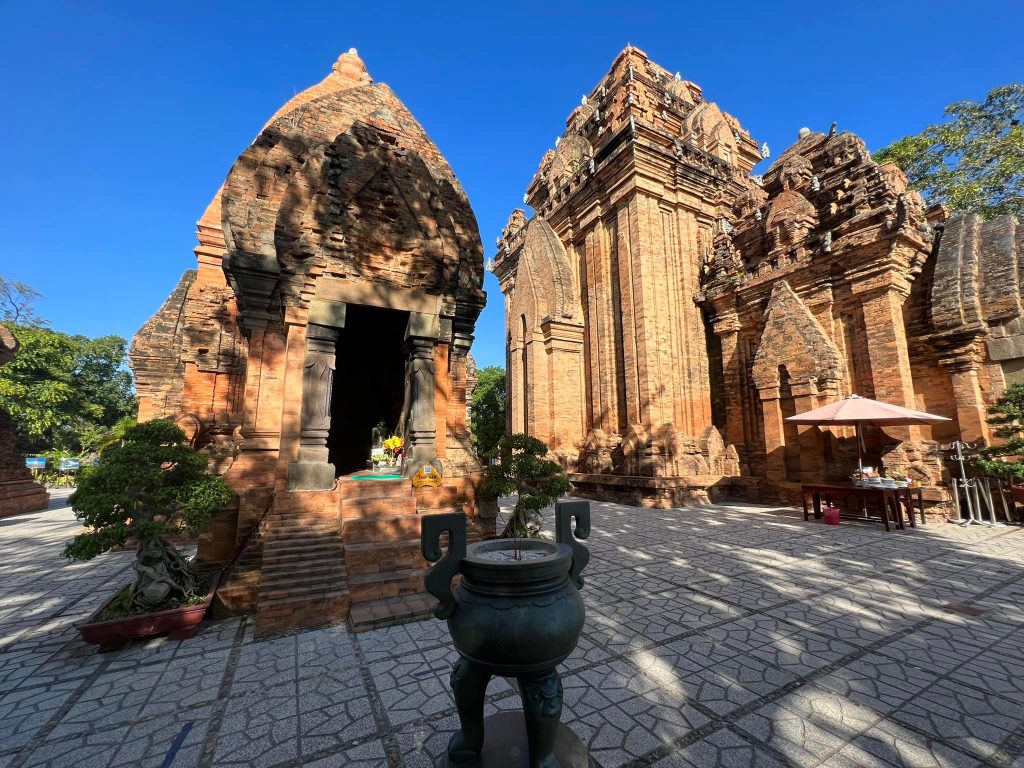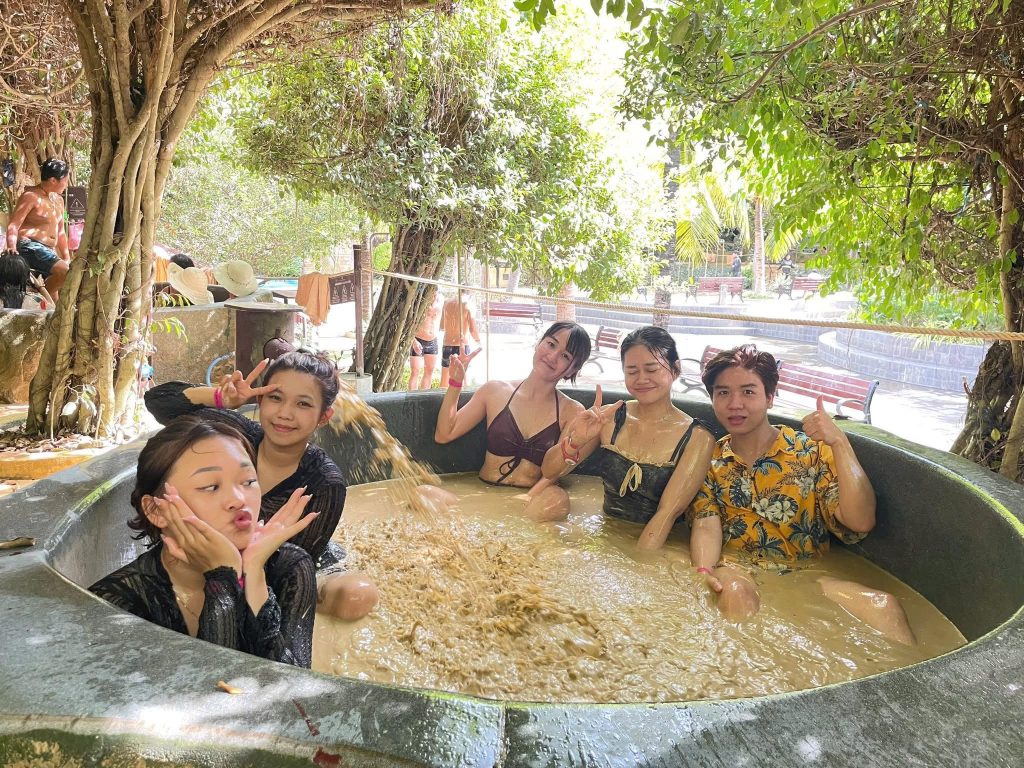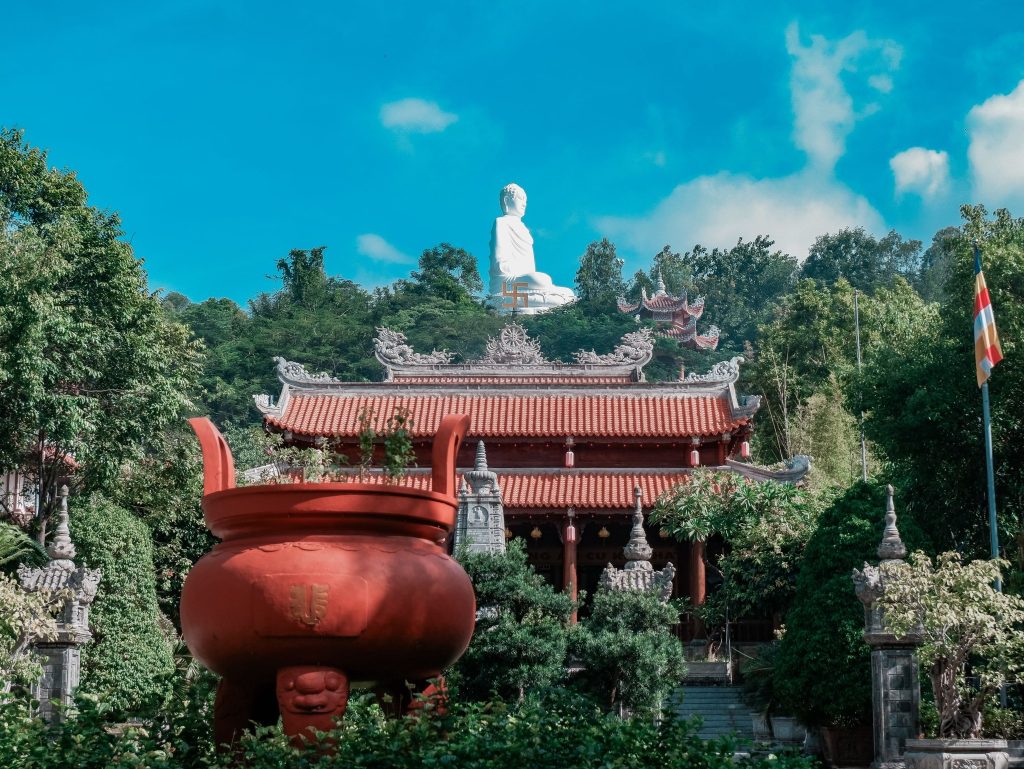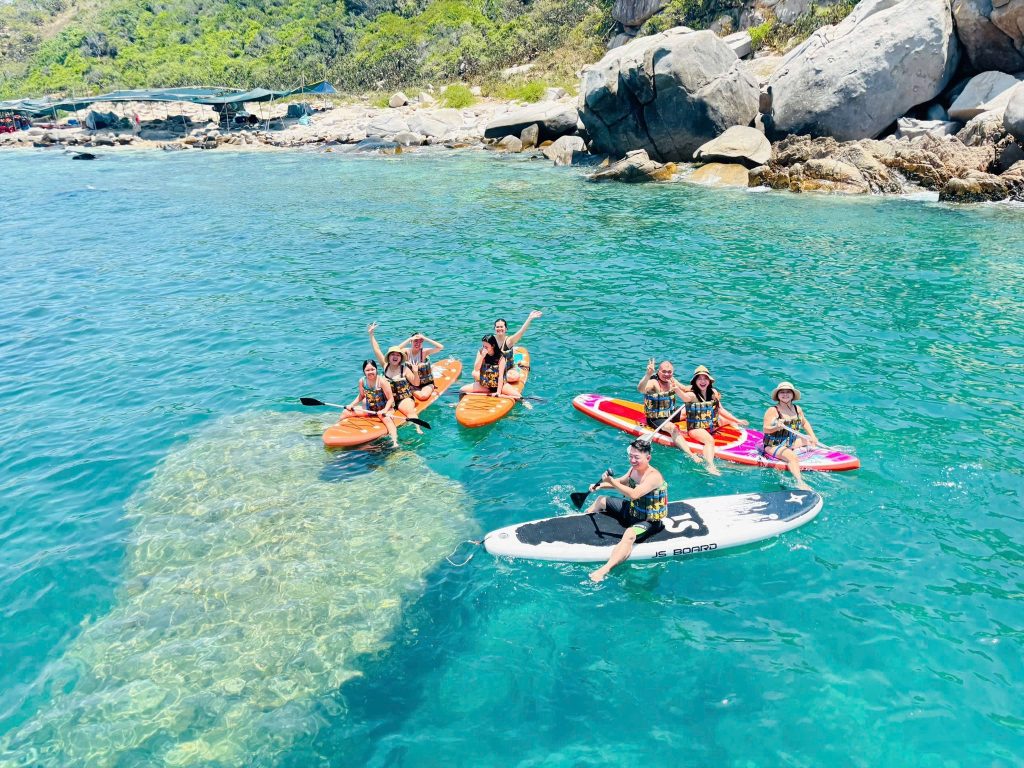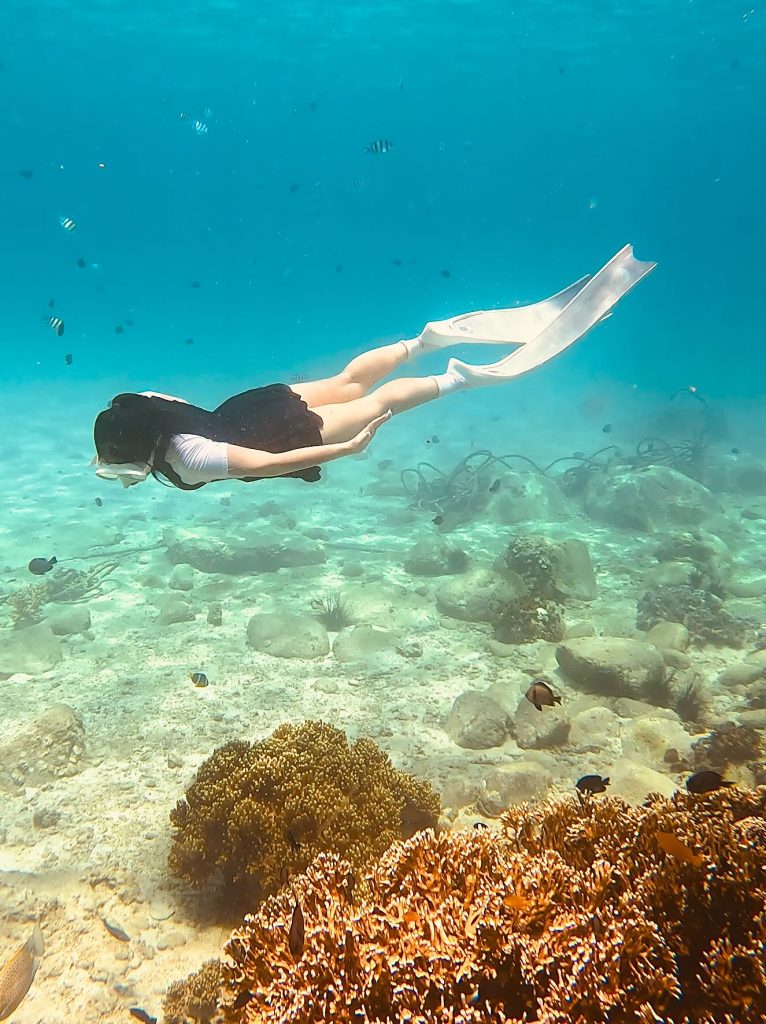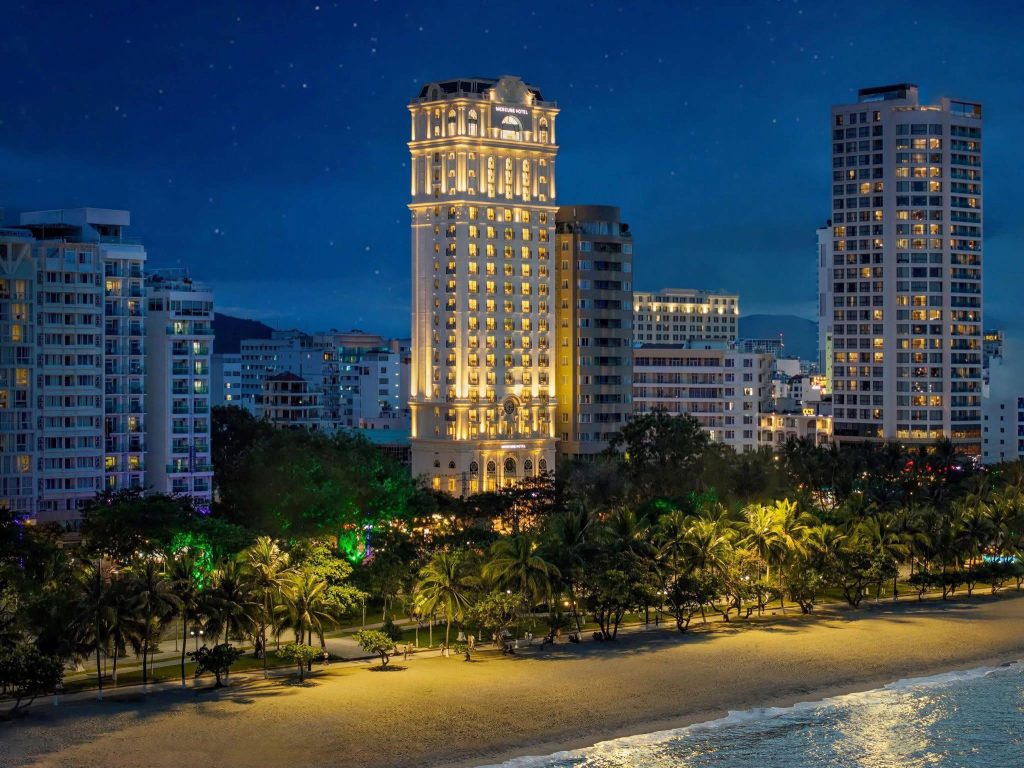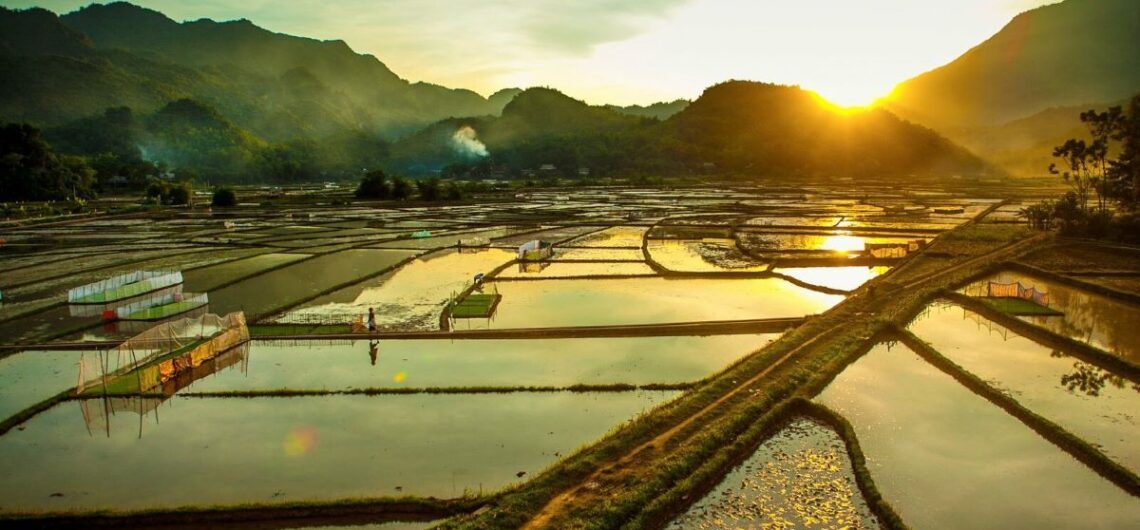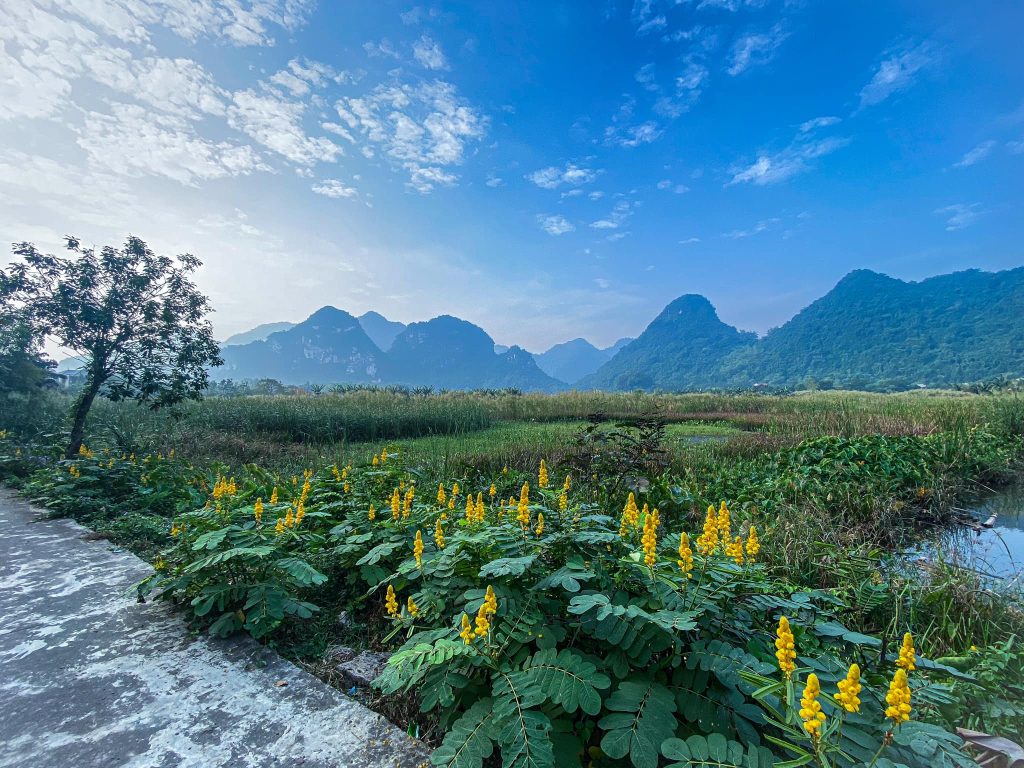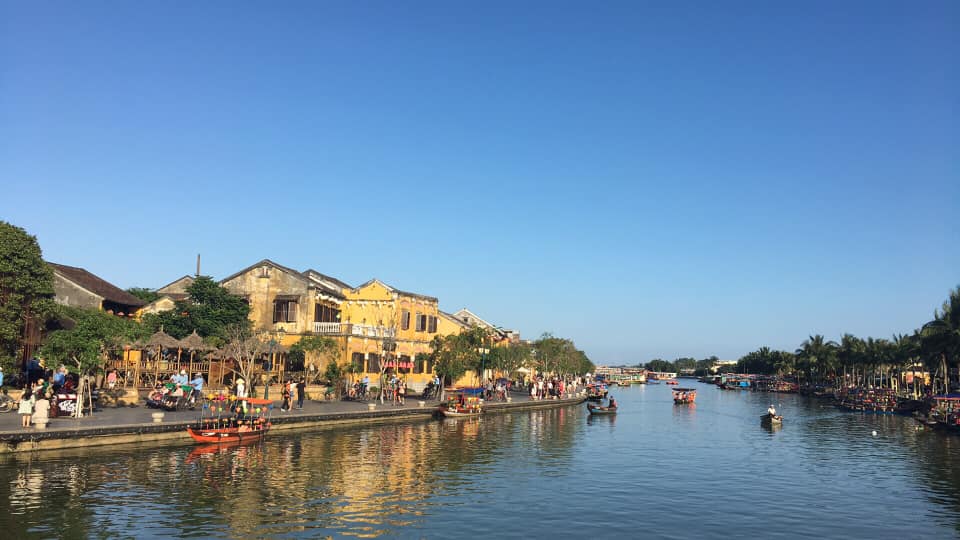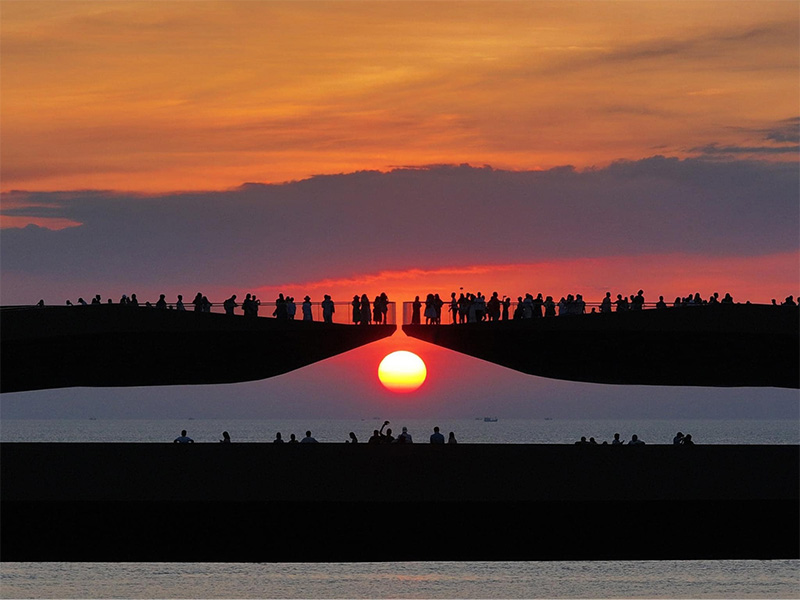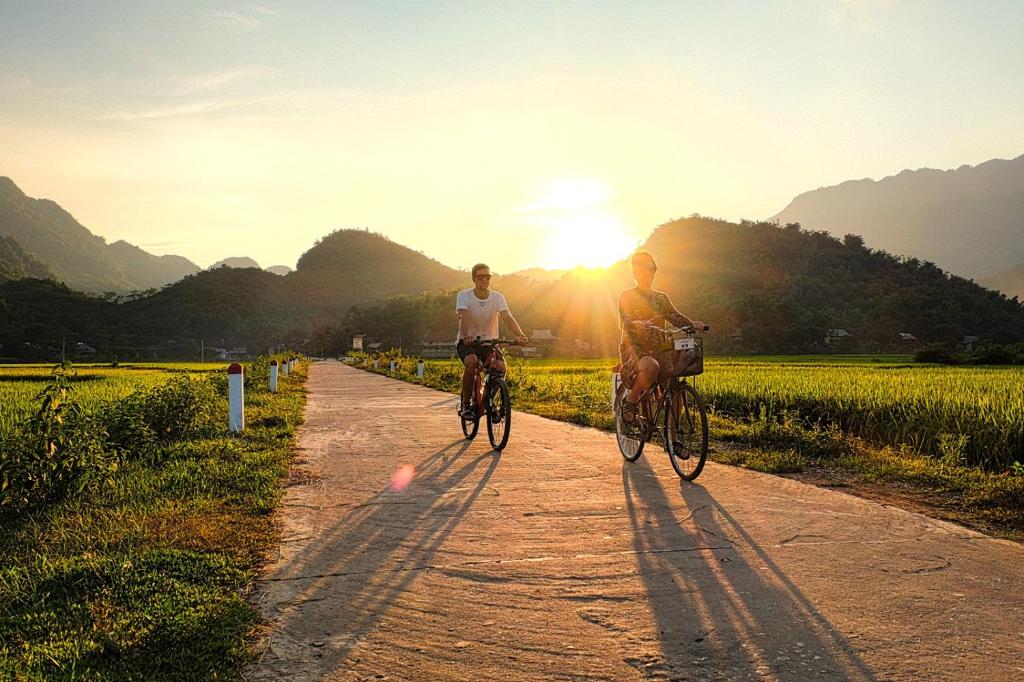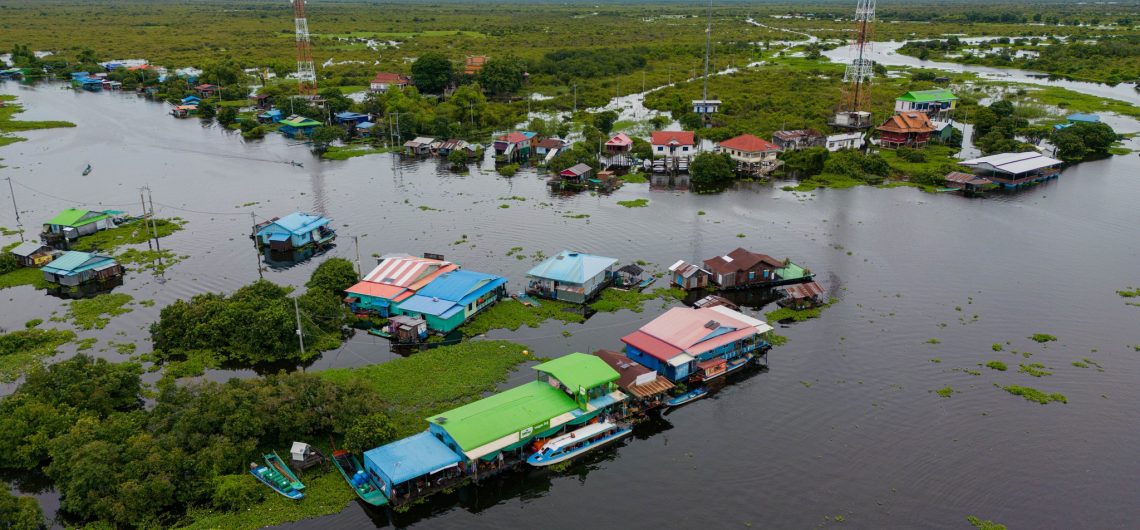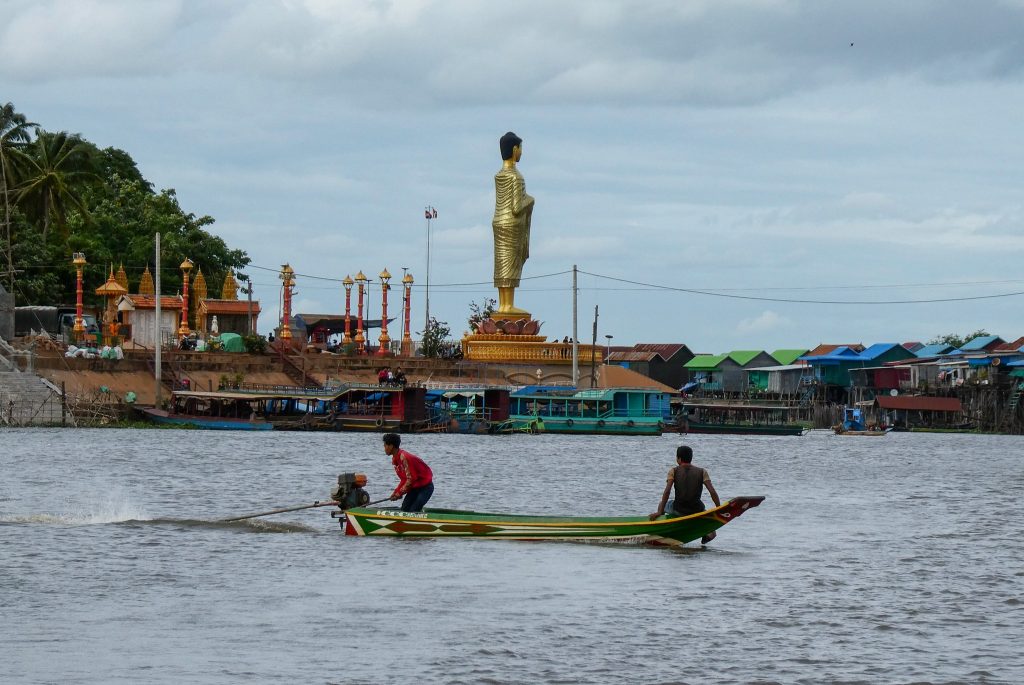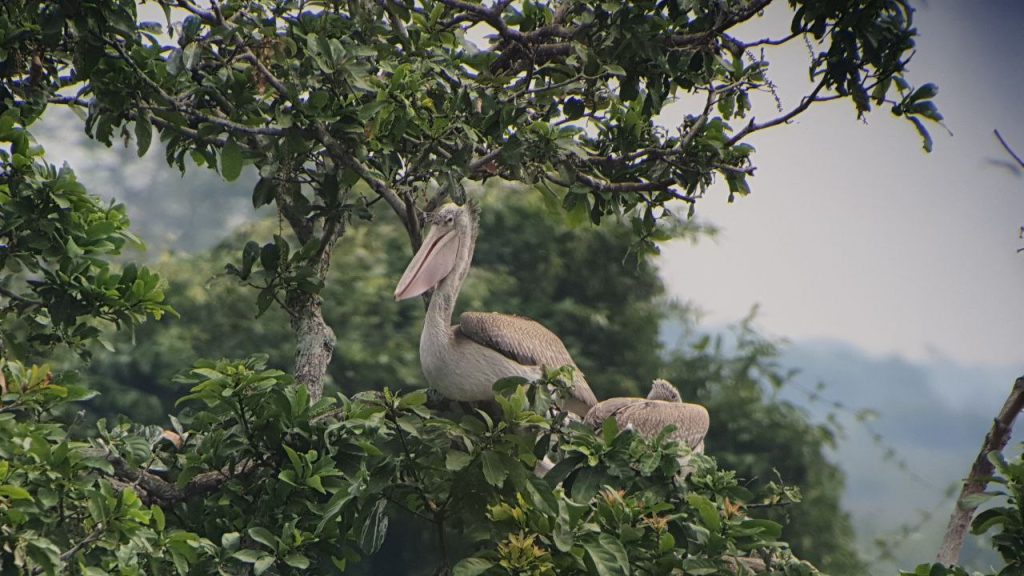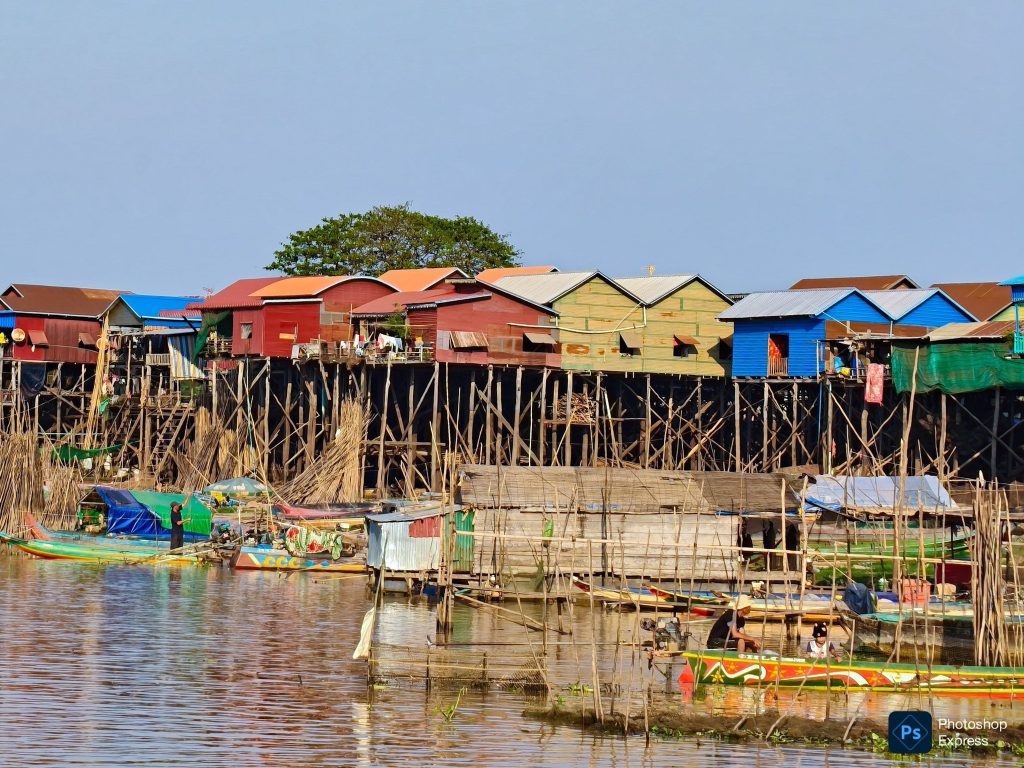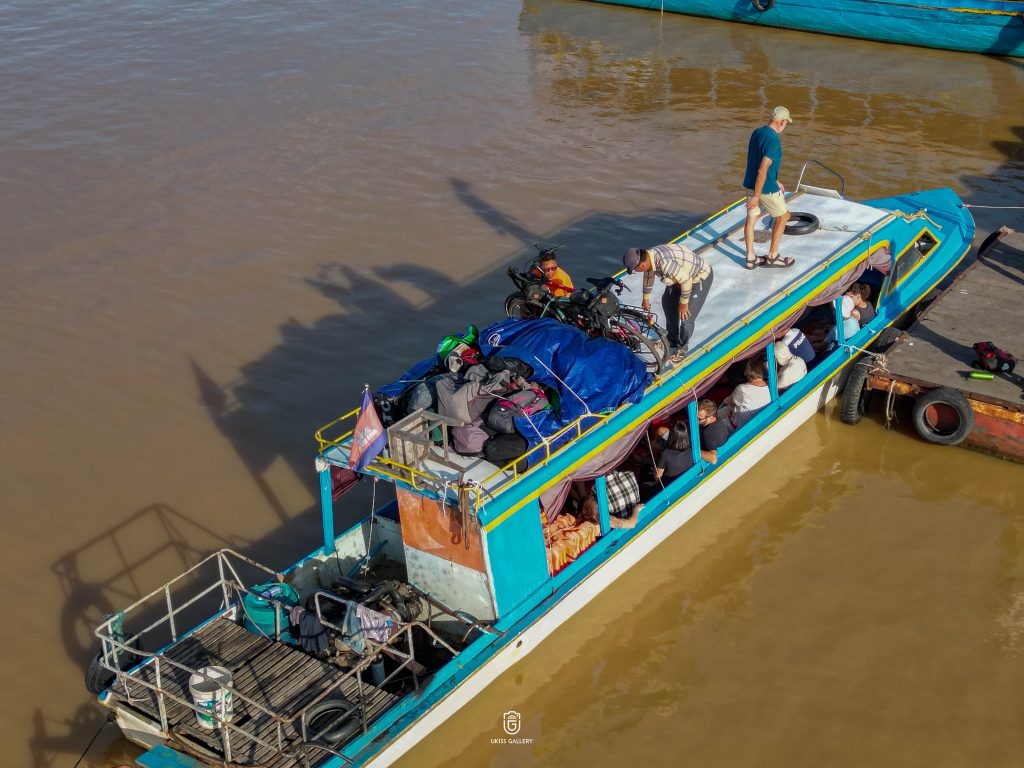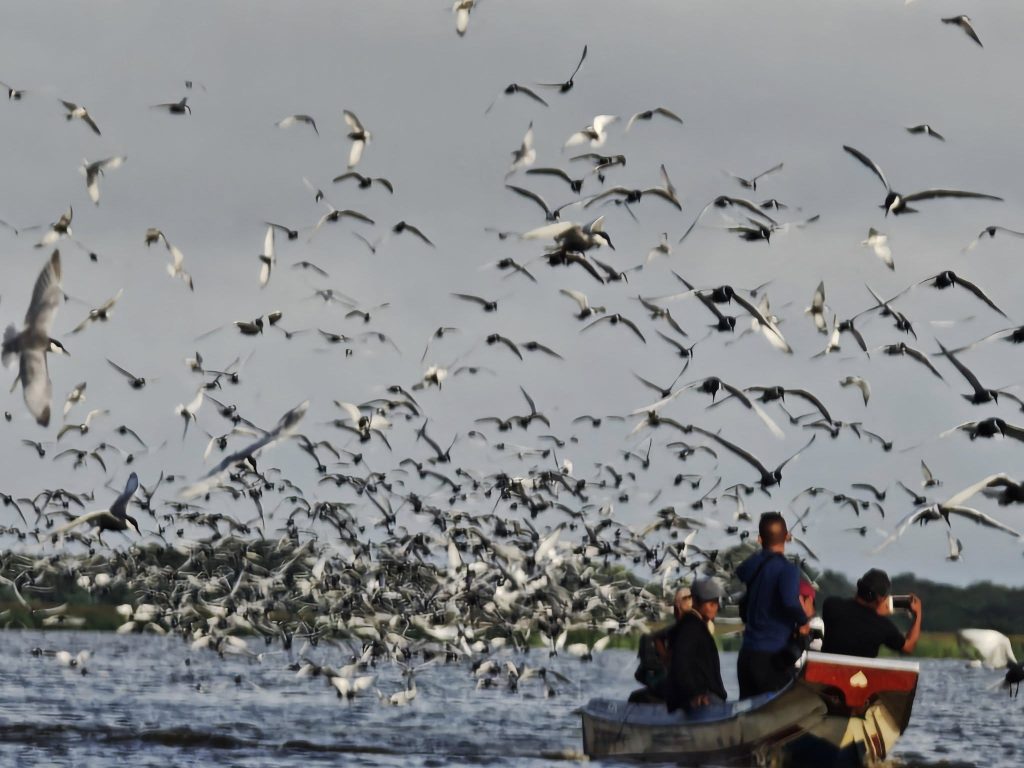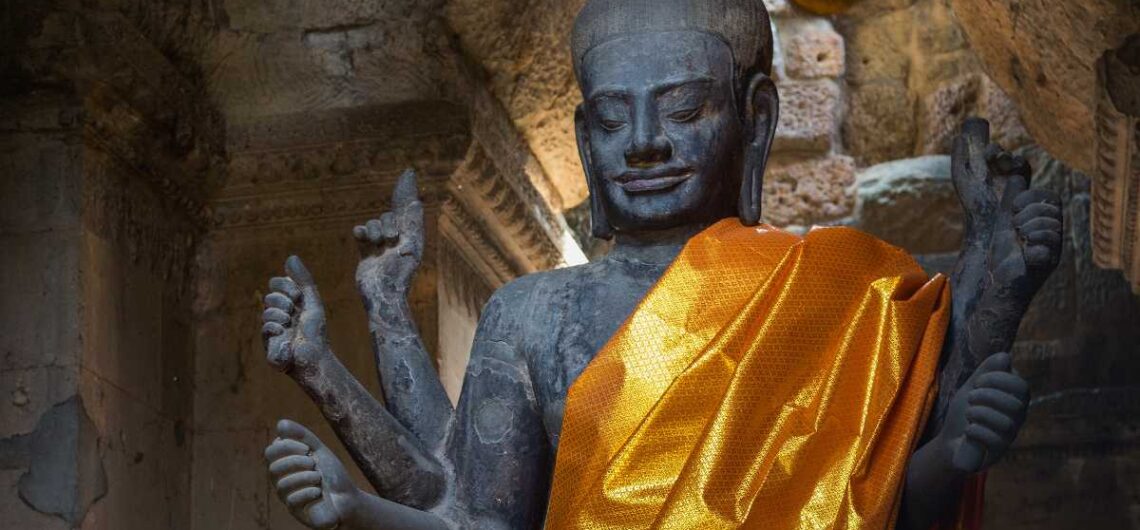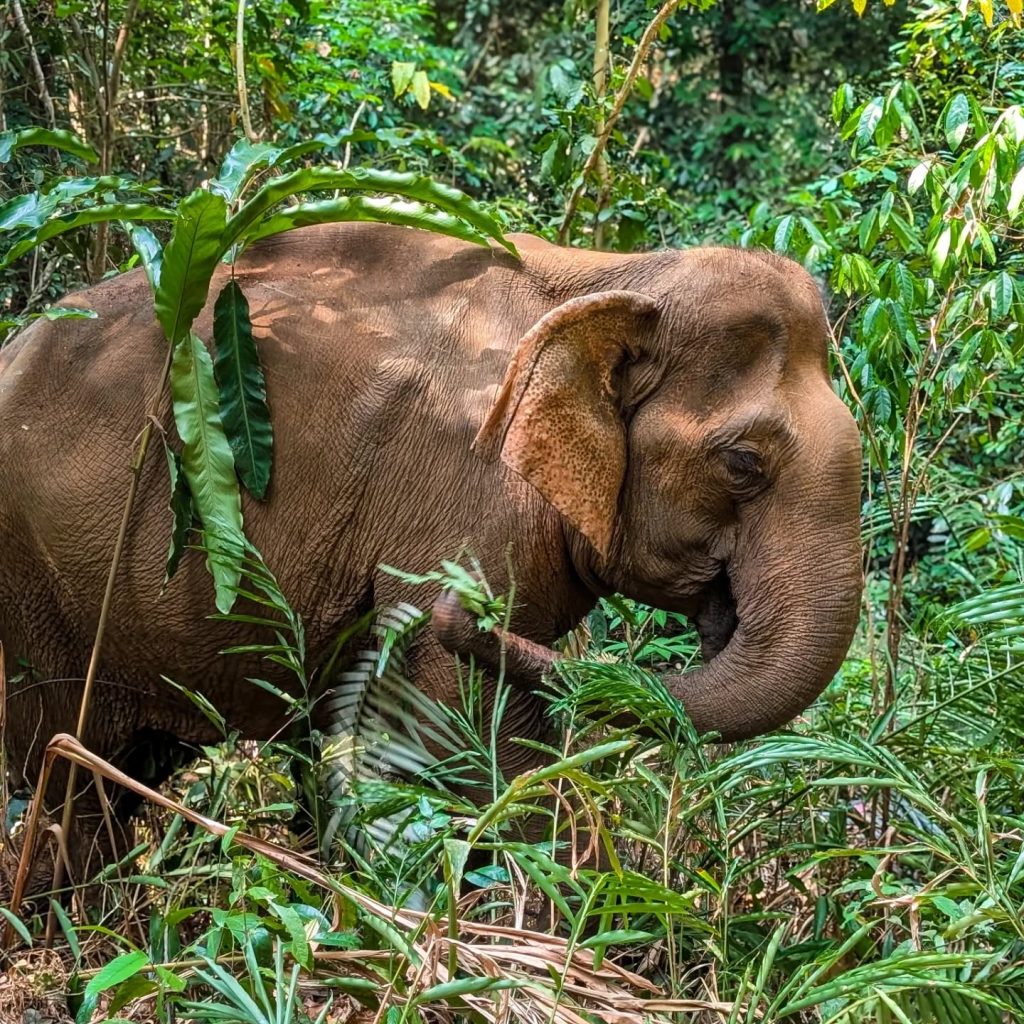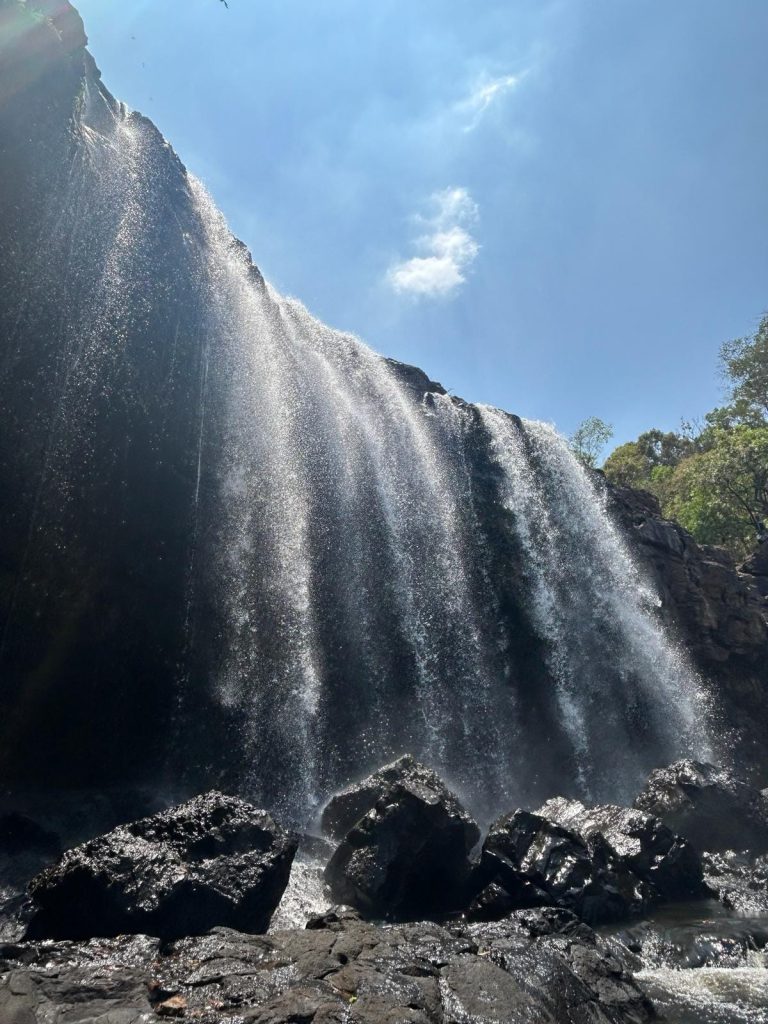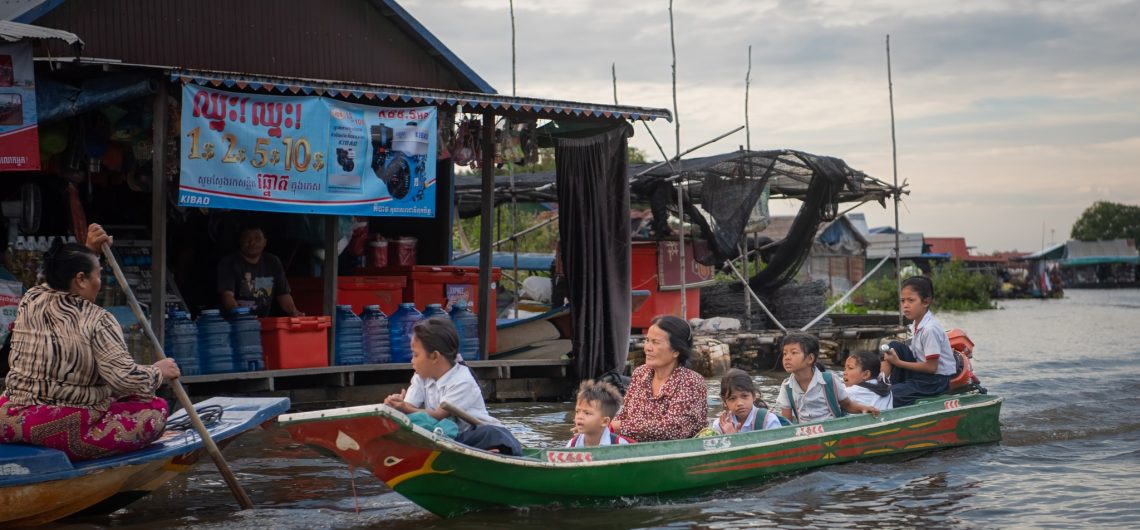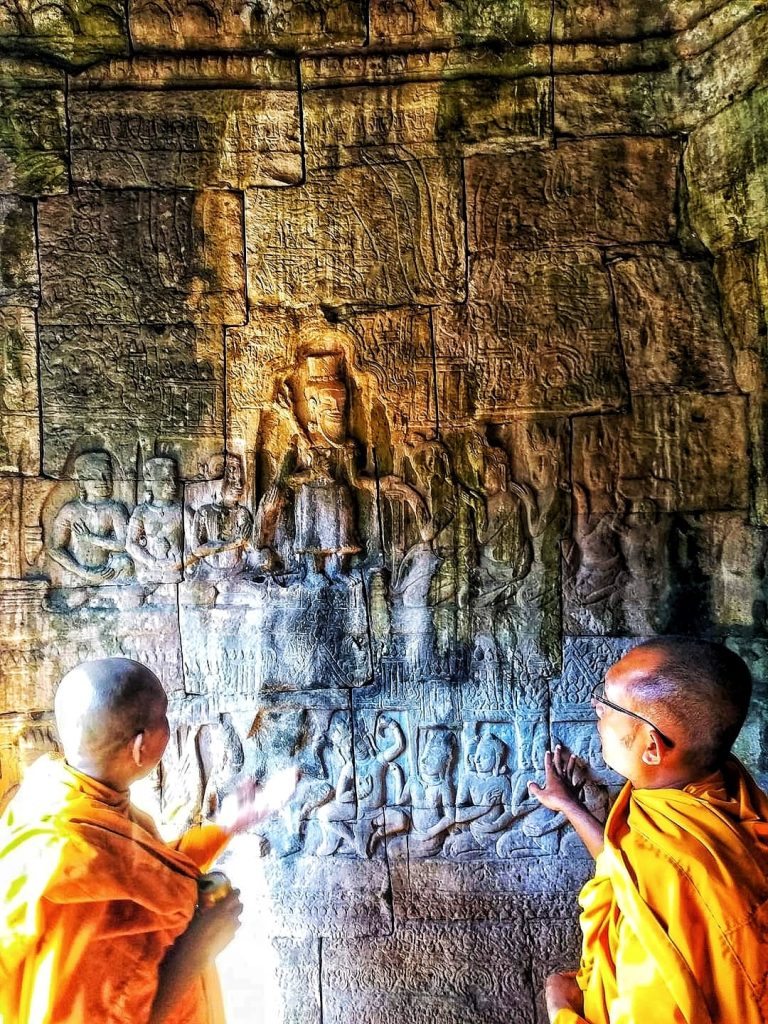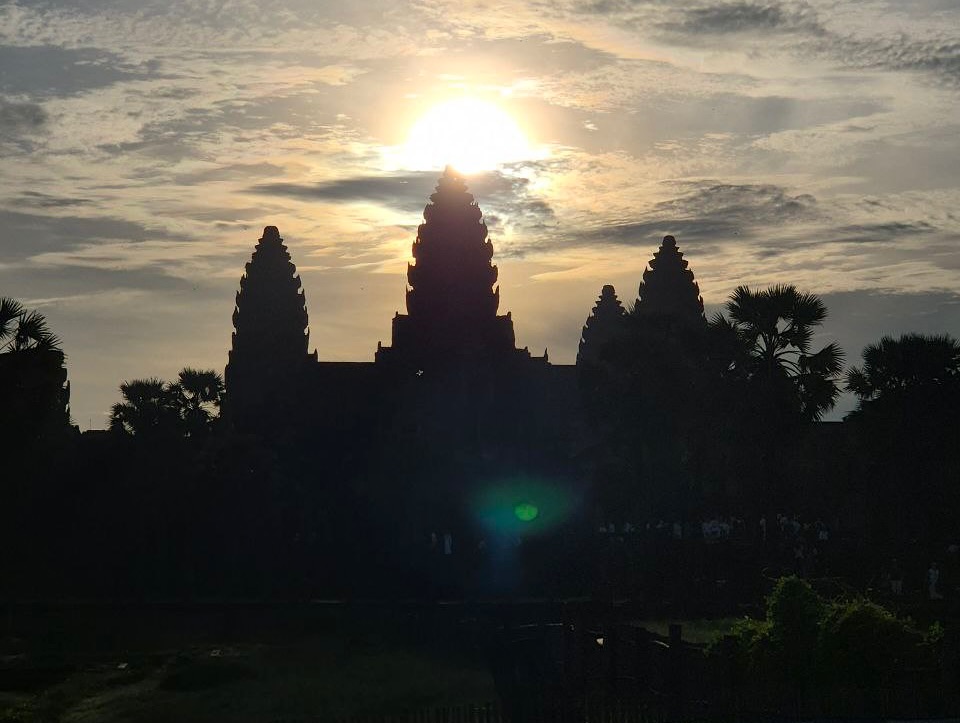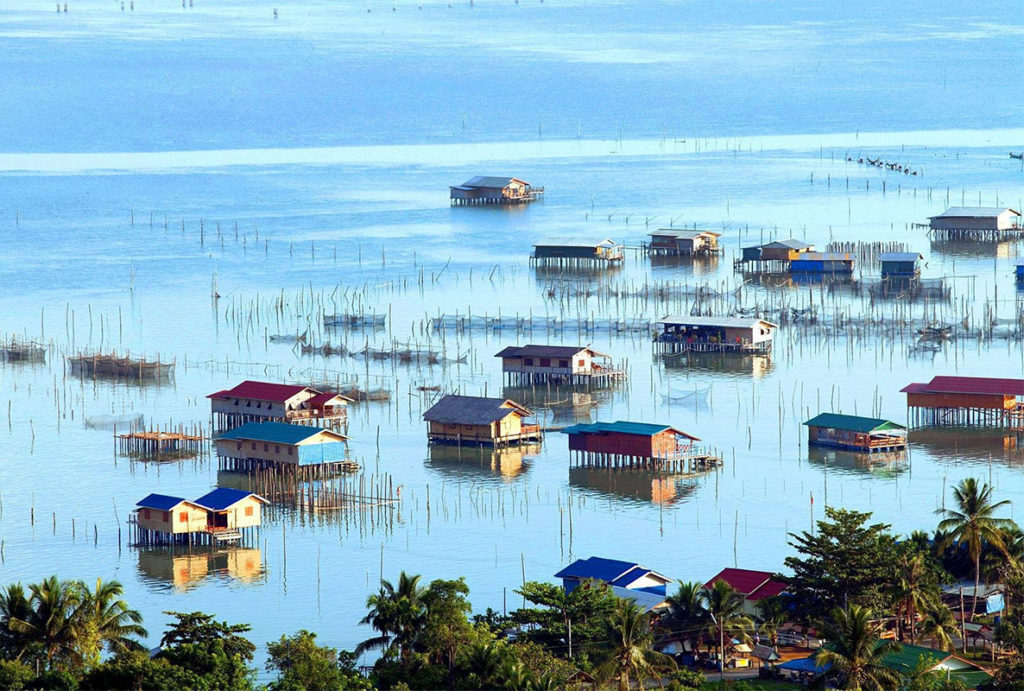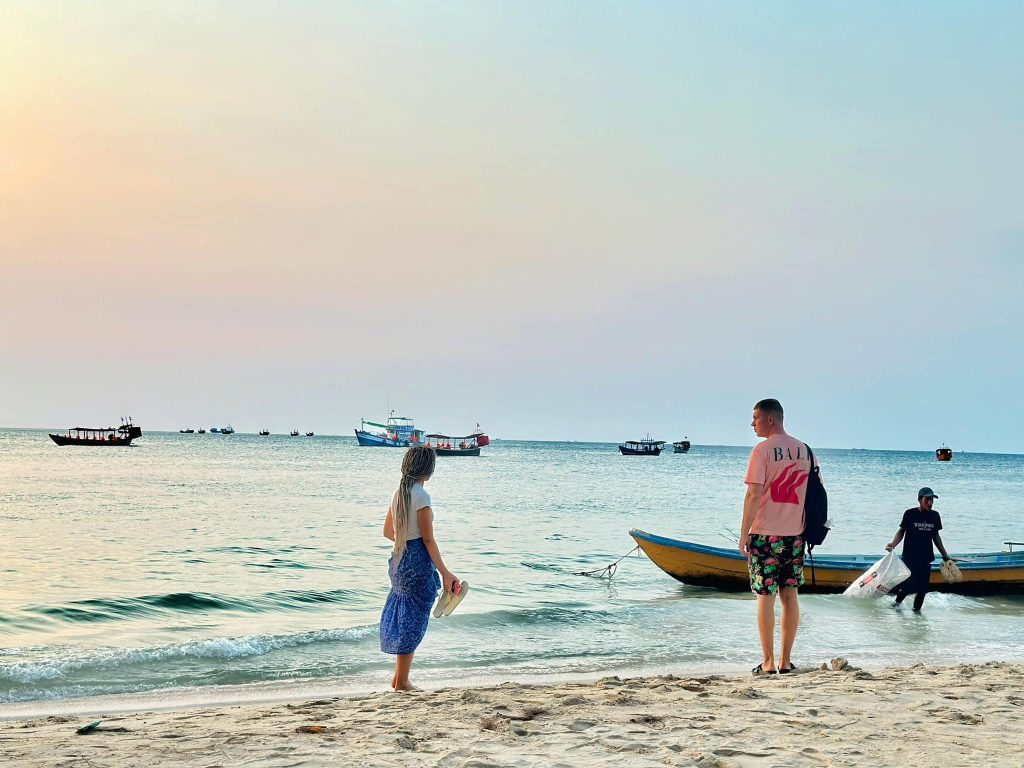Plan your trip with this complete Pakse Laos travel guide. Discover how to get there, best time to visit, Wat Phou, Bolaven Plateau, and 4,000 Islands.
Nestled along the banks of the Mekong River in southern Laos, Pakse is the perfect starting point for exploring the country’s lush coffee highlands, ancient Khmer temples, and the serene 4,000 Islands. Once a sleepy provincial town, today it serves as the commercial and cultural hub of Champasak Province. Travelers are often drawn to Pakse not only for its convenient location but also for its laid-back charm, riverside views, and access to some of the most spectacular landscapes in Laos. This Pakse Laos travel guide will provide you with all the essential information—covering location, how to get there, the best time to visit, what to see, and local travel tips—so you can plan an unforgettable trip.
Where is Pakse?
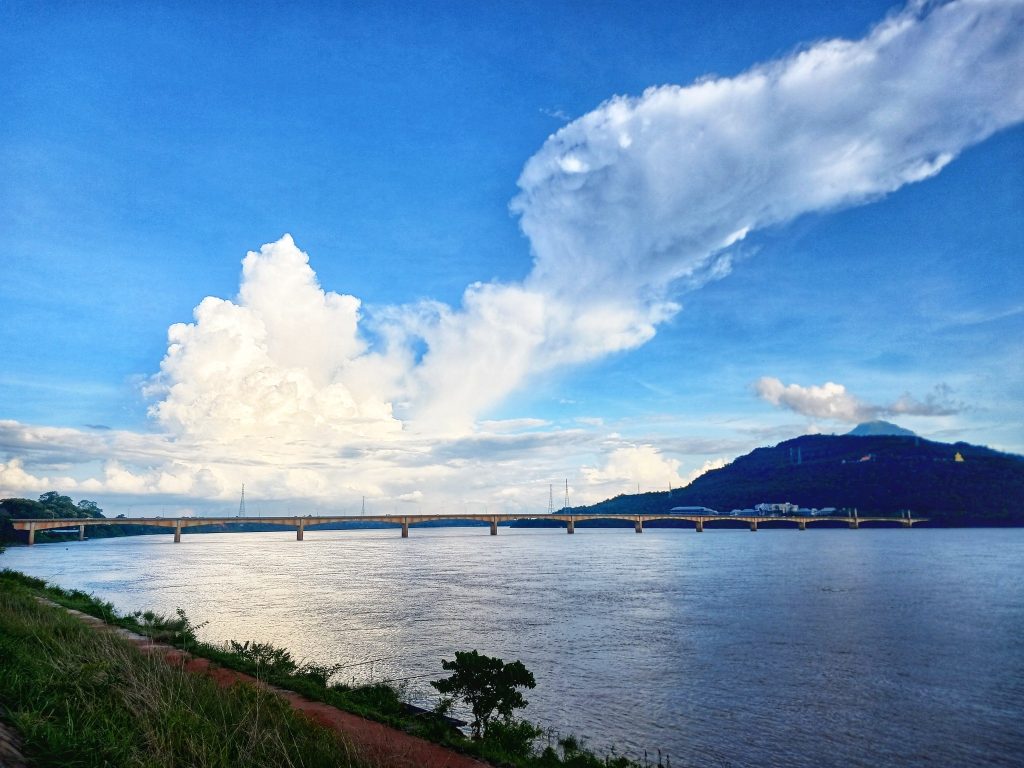
Pakse is located in Champasak Province, in the far south of Laos, at the confluence of the Mekong and Xe Don rivers. It is about 670 km south of Vientiane, the capital, and close to the borders of both Thailand and Cambodia. Because of its central location, Pakse is the perfect hub for visiting the Bolaven Plateau, the UNESCO-listed Wat Phou Champasak, and the 4,000 Islands (Si Phan Don). The town itself is small enough to explore on foot, but large enough to have all the conveniences travelers need—markets, banks, restaurants, and a wide range of accommodations.
How to Get to Pakse
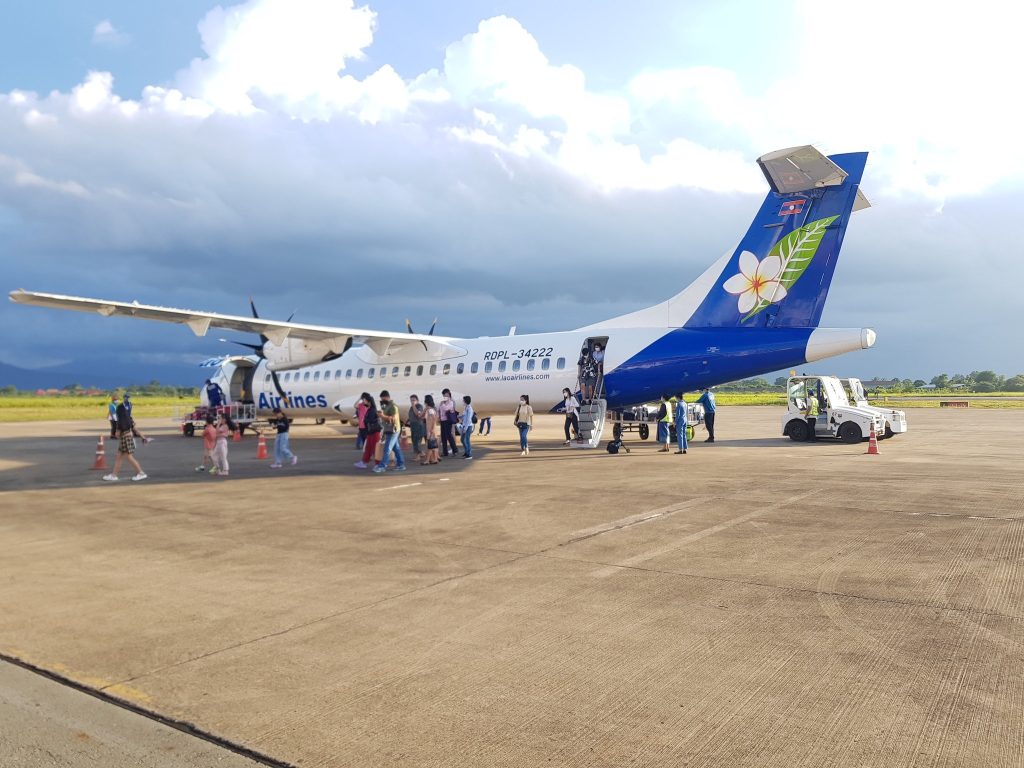
By Air
Pakse International Airport (PKZ) is the main gateway to southern Laos. It has regular flights from Vientiane, Luang Prabang, and Savannakhet, as well as international connections from Bangkok, Siem Reap, and Ho Chi Minh City (subject to seasonal schedules).
By Bus or Minivan
- From Vientiane: Overnight buses take 10–12 hours.
- From Savannakhet: Around 5 hours.
- From Ubon Ratchathani (Thailand): Just 2–3 hours, including border crossing at Chong Mek.
- From Phnom Penh or Siem Reap (Cambodia): 10–12 hours by bus or private minivan.
By River
While not as common as before, some Mekong cruises stop at Pakse, offering a scenic entry into Laos.
Tip: If you’re traveling overland, check visa requirements at border crossings from Thailand or Cambodia in advance.
Best Time to Visit Pakse
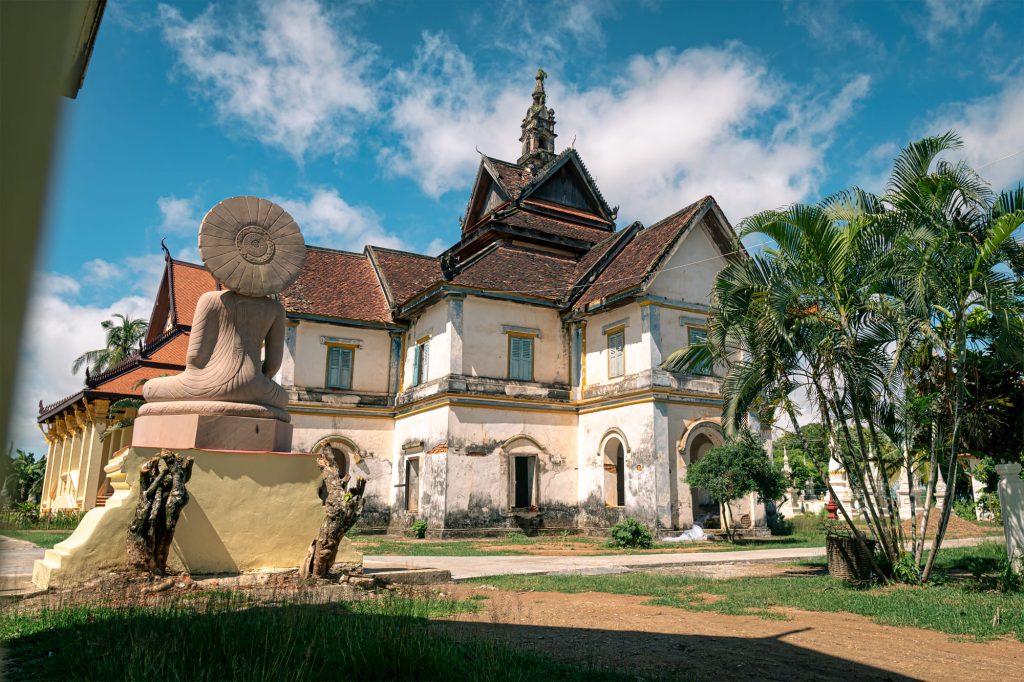
The climate in Pakse is tropical, with distinct dry and rainy seasons.
- Cool Dry Season (November – February): The most popular time, with pleasant weather (18–25°C) and great conditions for sightseeing.
- Hot Season (March – May): Temperatures can rise above 35°C, but waterfalls on the Bolaven Plateau are still impressive.
- Rainy Season (June – October): Expect heavy afternoon showers, lush green landscapes, and powerful waterfalls. Roads may be muddy, but this is the best time for photography.
For most travelers, November to February is the ideal time to follow this Pakse Laos travel guide.
Top Things to See and Do in Pakse
- Explore Pakse Town
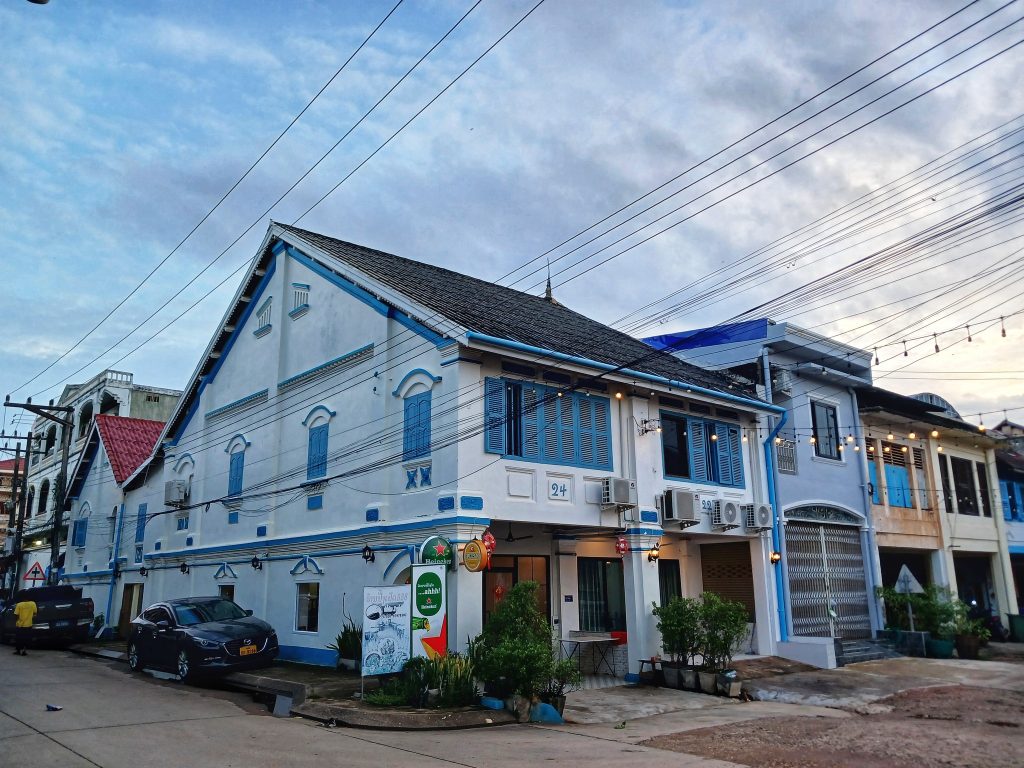
- Wat Luang: The largest and most important temple in the city, home to monks and a riverside location.
- French Colonial Buildings: Around town you’ll see remnants of Laos’ French colonial past.
- Dao Heuang Market: A bustling morning market where you’ll find fresh produce, local crafts, and Lao coffee.
- Wat Phou Champasak
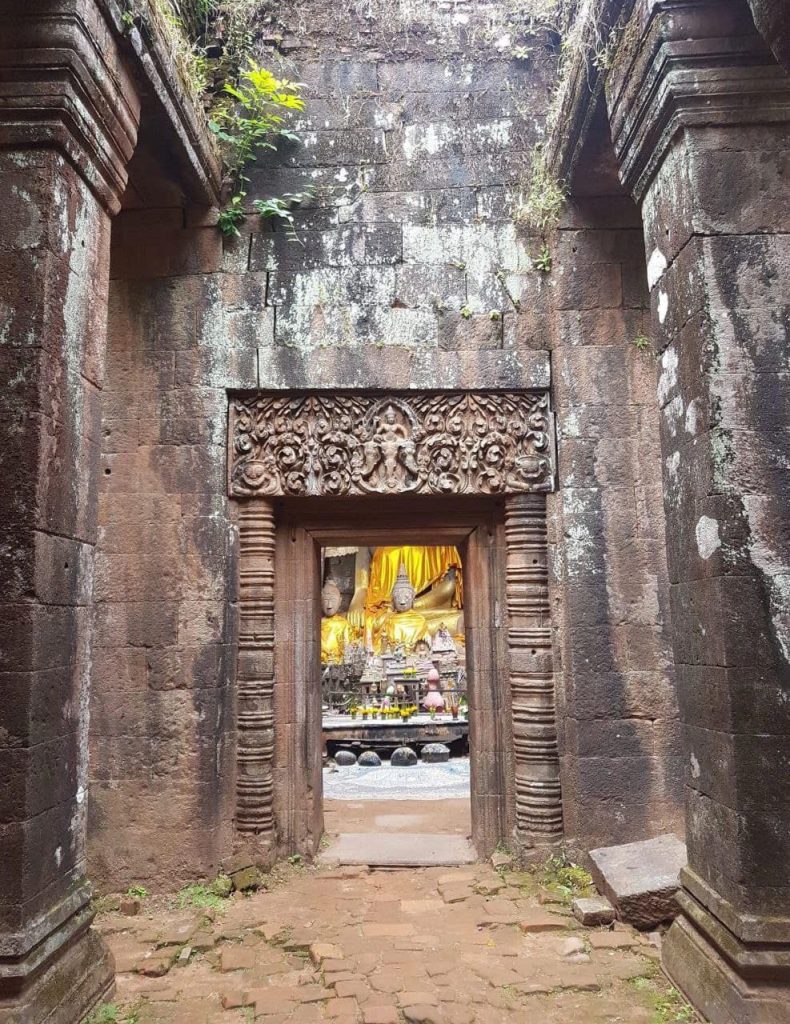
Located 45 minutes from Pakse, Wat Phou is a UNESCO World Heritage Site dating back to the Khmer Empire. The temple complex, with its stone stairways, shrines, and dramatic mountain backdrop, is often compared to Angkor Wat but is far less crowded.
- Bolaven Plateau
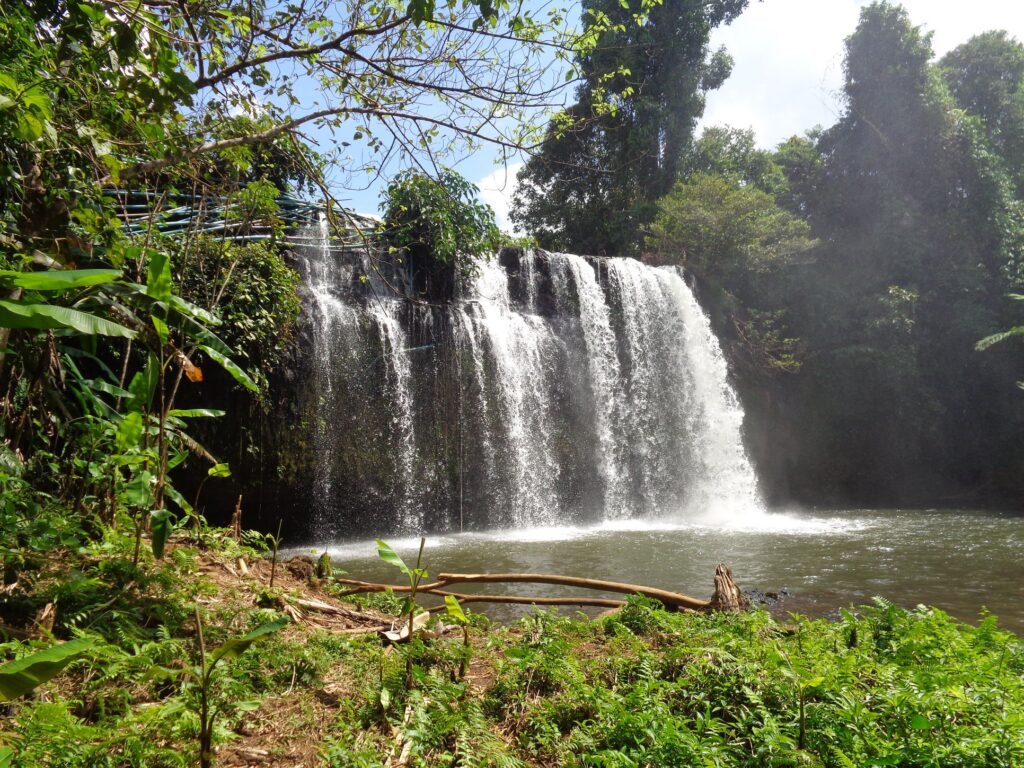
A highlight of any Pakse Laos travel guide, the Bolaven Plateau is famous for its coffee plantations and waterfalls:
- Tad Fane Waterfall: A dramatic twin fall plunging 120 meters into a deep gorge.
- Tad Yuang Waterfall: Easily accessible and perfect for a refreshing swim.
- Coffee Tours: Visit local farms to sample some of the best Arabica and Robusta coffee in Southeast Asia.
- Si Phan Don (4,000 Islands)
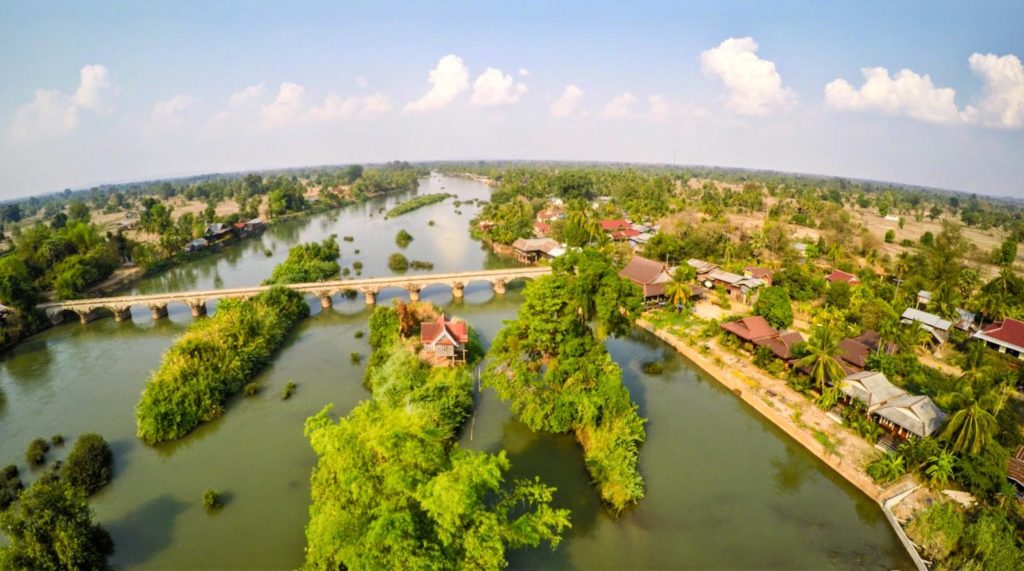
About 3–4 hours south of Pakse, this Mekong river archipelago is a dreamy escape. Popular islands include Don Khone and Don Det, known for bamboo bungalows, cycling, and boat rides. Don’t miss the chance to spot the rare Irrawaddy dolphins.
- Champasak Town
A charming riverside town near Wat Phou with boutique guesthouses, French-style villas, and cultural heritage sites.
>> Discover private Laos tours available here, offering you the best options for your journey.
Food and Drink in Pakse
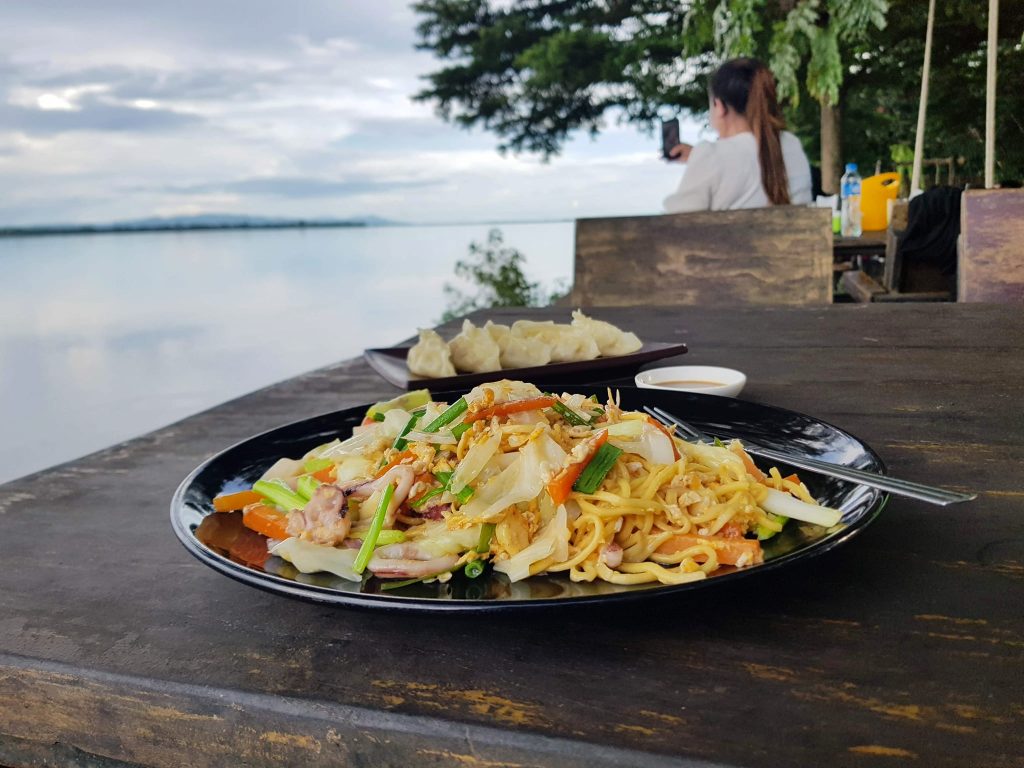
Pakse offers a mix of Lao, Thai, and international cuisine.
- Signature Experience: Sampling rich Bolaven Plateau coffee in riverside cafés.
- Local Dishes: Sticky rice, laap (minced meat salad), grilled fish, and tam mak hoong (papaya salad).
- Markets: Try the street food at Dao Heuang Market or enjoy noodle soups at local stalls.
- International Options: French bakeries, Indian restaurants, and Western cafés cater to travelers.
Where to Stay in Pakse
- Luxury: Champasak Grand Hotel (riverside views, pool, and spa).
- Boutique: Le Jardin Hotel or Athena Hotel for stylish comfort.
- Budget: Guesthouses like Sala Champa or Sanga Hostel, popular with backpackers.
- Eco-Lodges: On the Bolaven Plateau, try Tad Fane Resort or Sinouk Coffee Resort.
Staying along the riverfront offers the best views and easy access to restaurants and attractions.
Suggested Itineraries
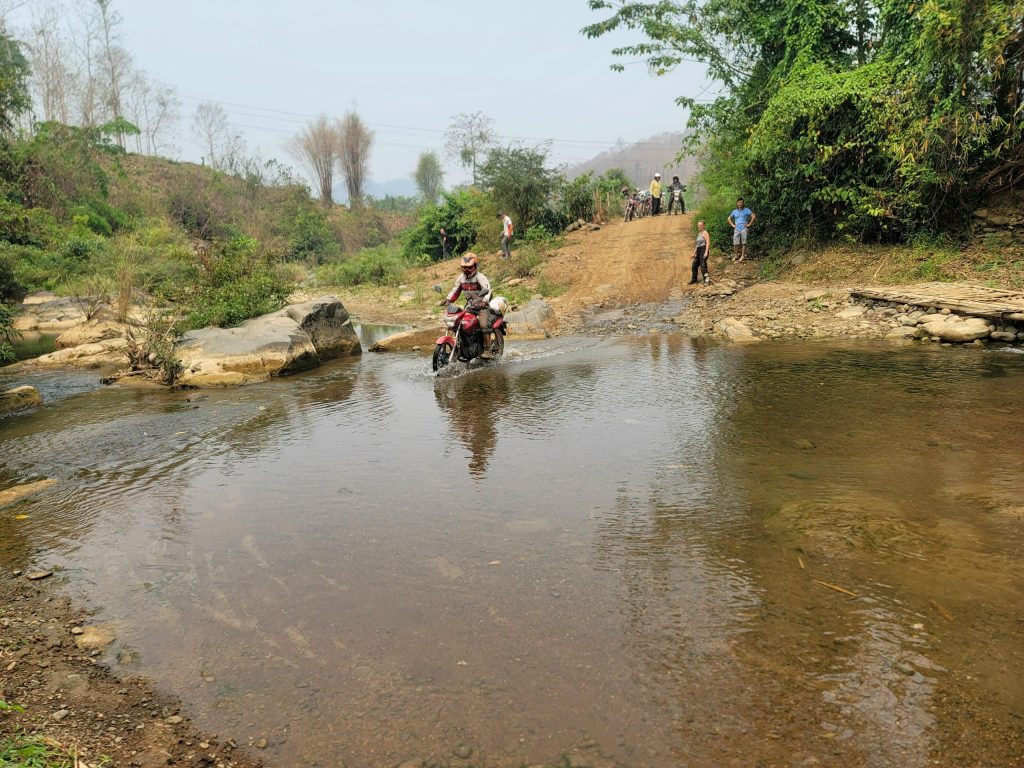
If you are short on time, a 1–2 day visit to Pakse is still rewarding. Spend the first day exploring the highlights of the town itself—stroll through Wat Luang, the city’s most important Buddhist temple, and browse the vibrant Dao Heuang Market, where you can sip Bolaven coffee and watch local life unfold. On the second day, take a short trip to the UNESCO World Heritage Site of Wat Phou Champasak, an atmospheric Khmer temple complex dating back over a thousand years.
For those with 3–4 days, extend your journey with a loop to the Bolaven Plateau. This highland region is renowned for its cool climate, cascading waterfalls like Tad Fane and Tad Yuang, and coffee plantations where visitors can learn about cultivation and sample fresh brews. Ethnic minority villages along the way also provide insight into the cultural diversity of southern Laos.
If you have 5 or more days, Pakse becomes the perfect base for exploring further afield. Head south to the 4,000 Islands (Si Phan Don), where the Mekong splits into countless islets. Stay in a riverside bungalow, cycle through quiet villages, and take boat trips to spot the rare Irrawaddy dolphins, making your journey a truly unforgettable Laos experience.
>> If you’re adding Pakse to your journey, consider a custom Laos tour for the best-planned experience.
Travel Tips for Pakse
- Currency: The Lao Kip (LAK) is the local currency. Thai Baht and USD are often accepted.
- Transport: Tuk-tuks and motorbike rentals are common for local travel. For longer trips, hire a driver or book a minivan.
- Safety: Pakse is generally safe. Exercise standard caution with belongings.
- Culture: Dress modestly when visiting temples. Always remove shoes before entering.
- Connectivity: Wi-Fi is available in most hotels and cafés.
Conclusion
Pakse may not have the immediate fame of Luang Prabang or Vientiane, but its location in southern Laos makes it an invaluable stop for adventurous travelers. From exploring the majestic Bolaven Plateau waterfalls, wandering through UNESCO-listed Wat Phou, to relaxing in the 4,000 Islands, Pakse offers the perfect combination of culture, history, and natural beauty. Use this Pakse Laos travel guide to plan your trip, and you’ll discover why this riverside town deserves a spot on every traveler’s Laos itinerary.

